Baghdad, Iraq. Visited on 28 – 29 January 2025.
After spending 10 days in Oman, I made a last-minute swerve and flew from Muscat to Baghdad, Iraq. While in Oman, I heard from some Chinese that it is safe to come this way, and I am no less Chinese. I could not resist seeing ancient Babylon, and the country of the infamous Saddam Hussein who triggered the Gulf War. This is a curious cat.
The difference immediately became apparent as I sat in the taxi towards the city.
The mosques look different – the Iraqis are predominantly Shiites
Everywhere I walked, I saw pickup trucks with mounted machine guns parked near busy intersections, historical buildings, or where there was a big crowd. Soldiers stood around, armed with rifles and in bullet-proofed vests to tell troublemakers, don’t even try.
They need more cleaners to sweep the streets. While rubbish bins are visible everywhere, they overflew and spilled onto the street – it is so much easier to chuck the rubbish on the streets.
Cars of all conditions still ply the streets – bumpers are dislodged, the head punched in and looking like a one-eye jack, the entrails exposed, still, they run like indestructibles.
Blackouts happen frequently, in hotels and restaurants. But thanks to the ubiquitous power generators outside many of the buildings, they are back within seconds and minutes, no more annoying than the blinking of the eyes. These generators were so noisy that together, they turned some streets into a power station.
Unlike Oman, English speaking is less common here, and signage is usually only in Arabic.
At first glance, Badgdad looks like Egypt. At a second glance, it looks like a rough neighborhood but I do not feel unsafe. But it is still trying to pick up the pieces.
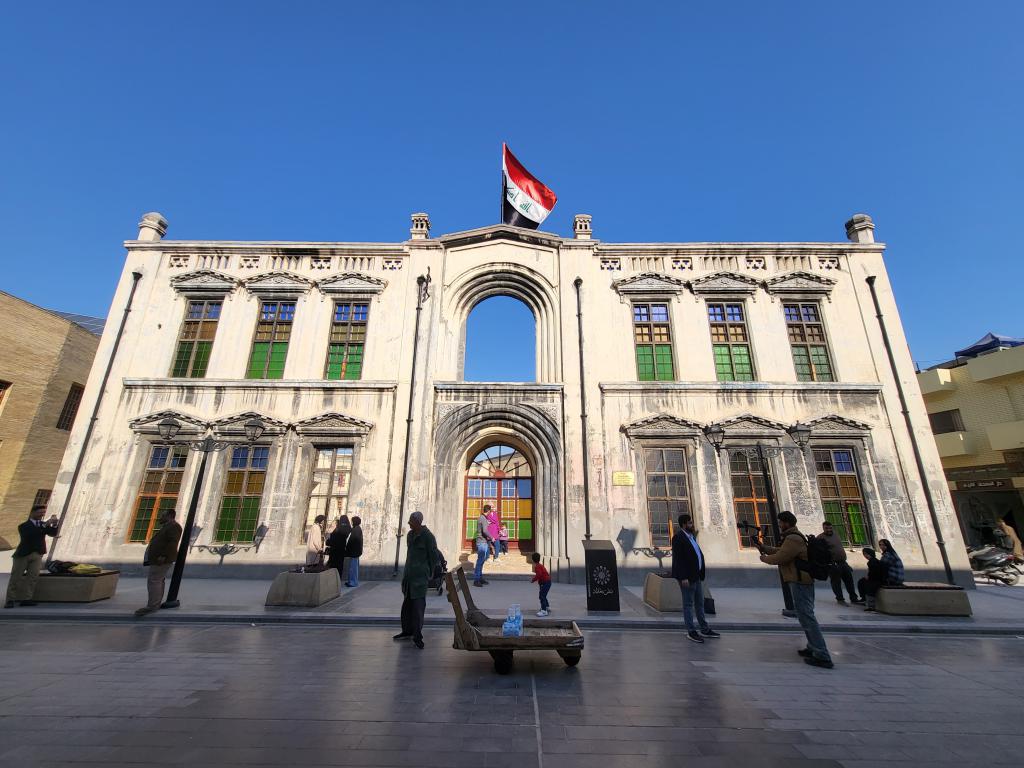
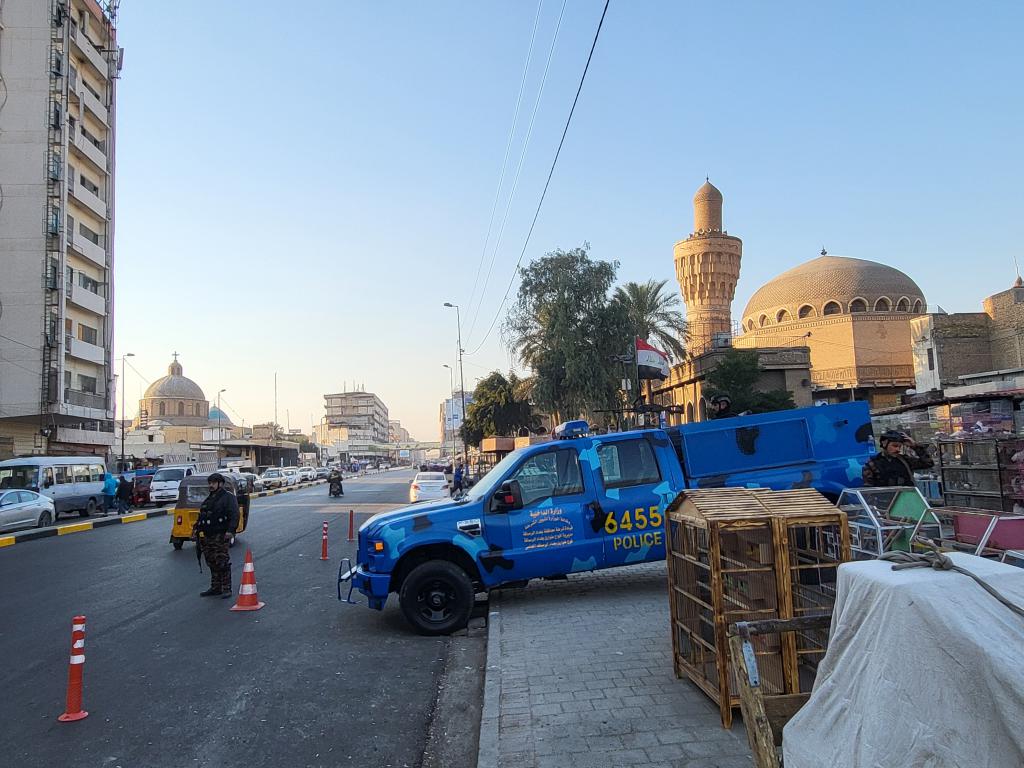
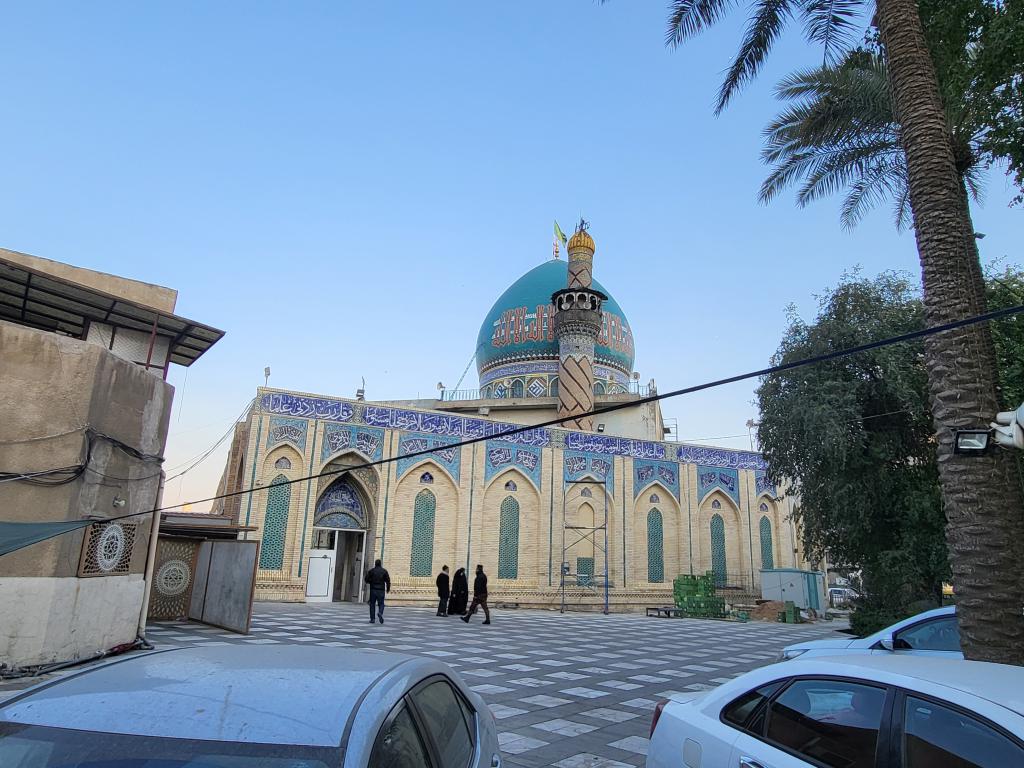
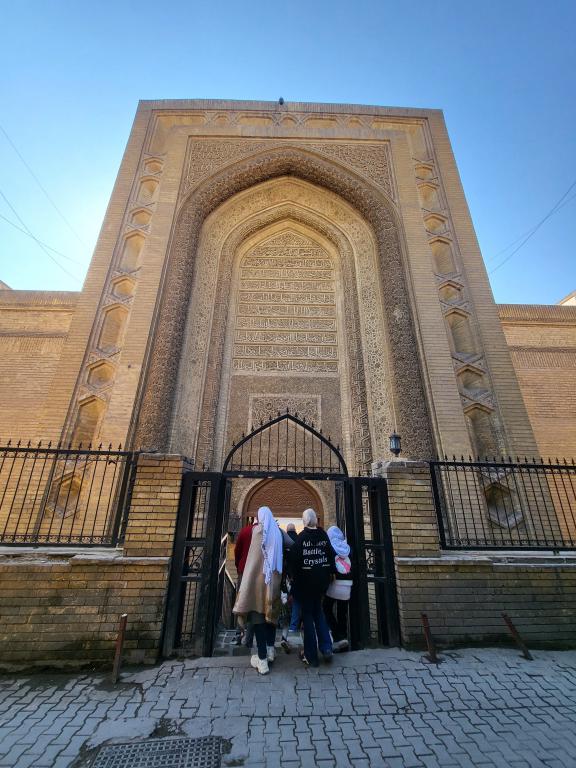
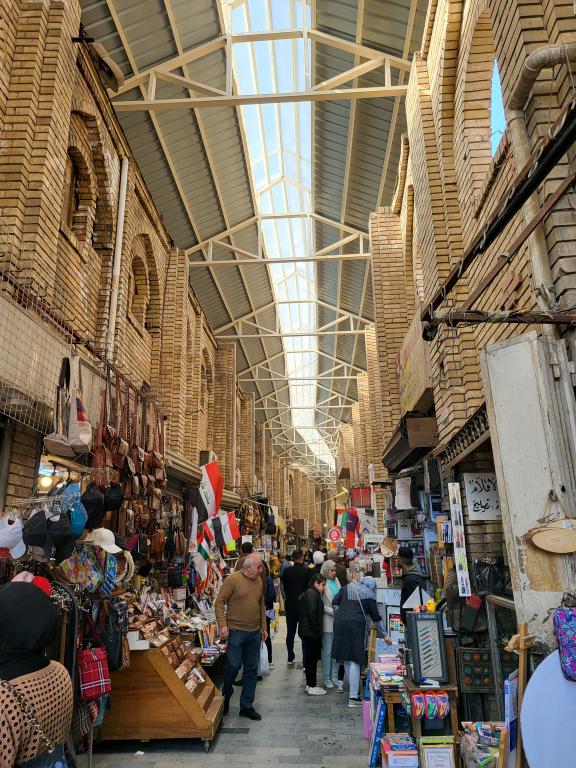
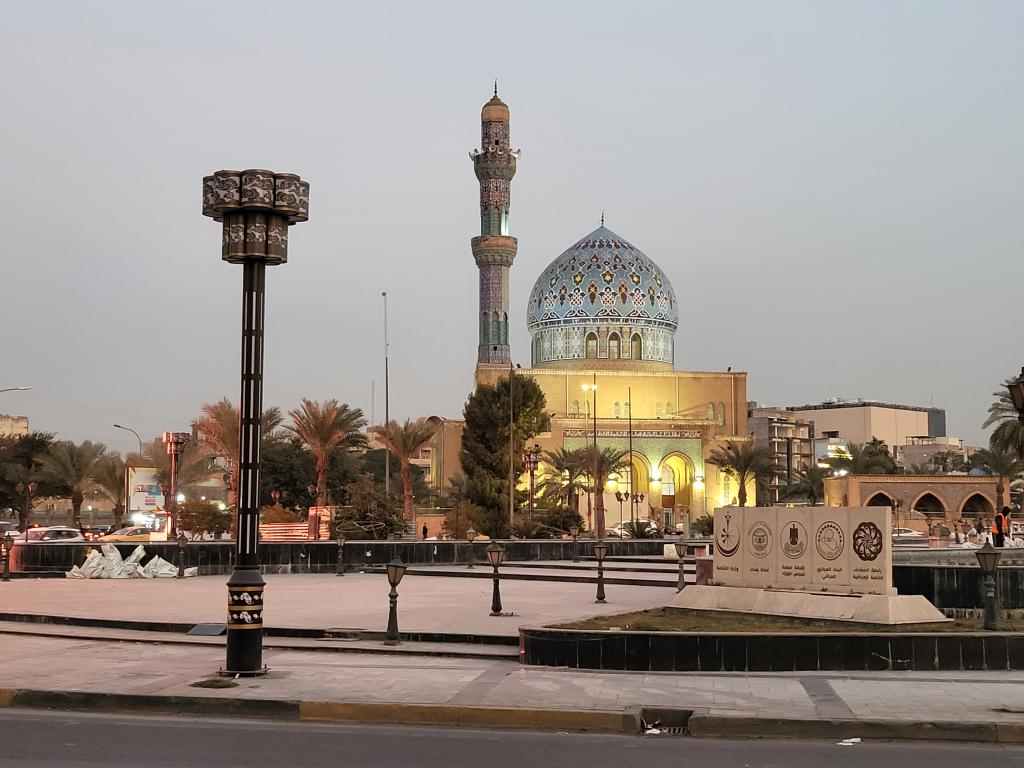
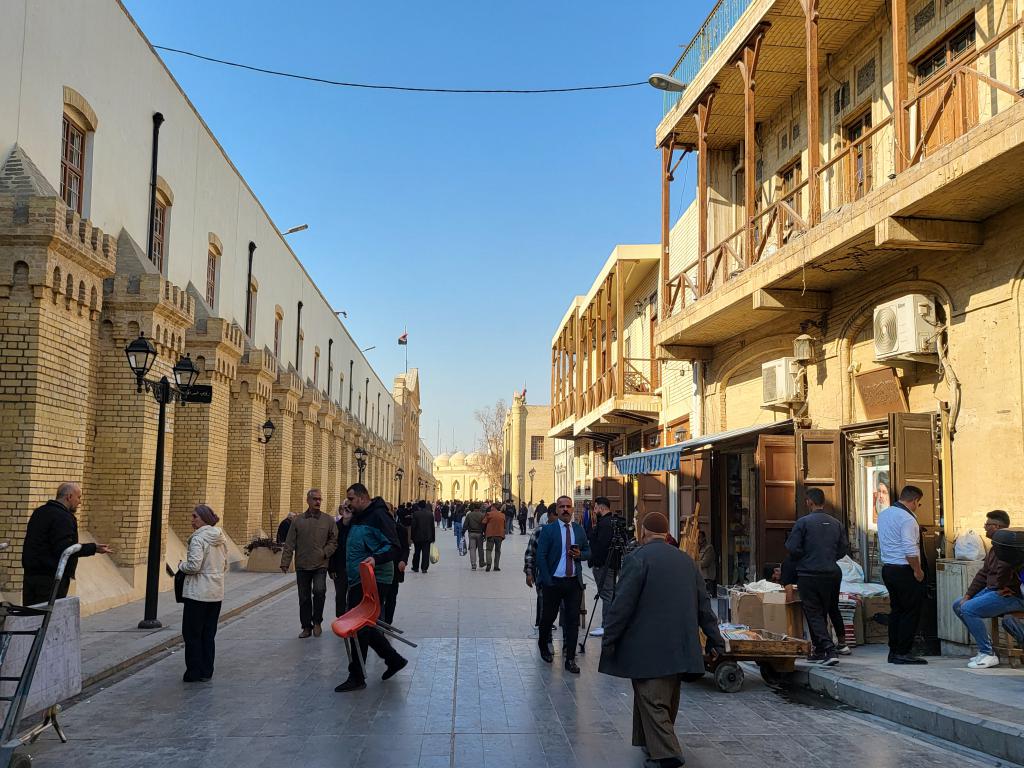
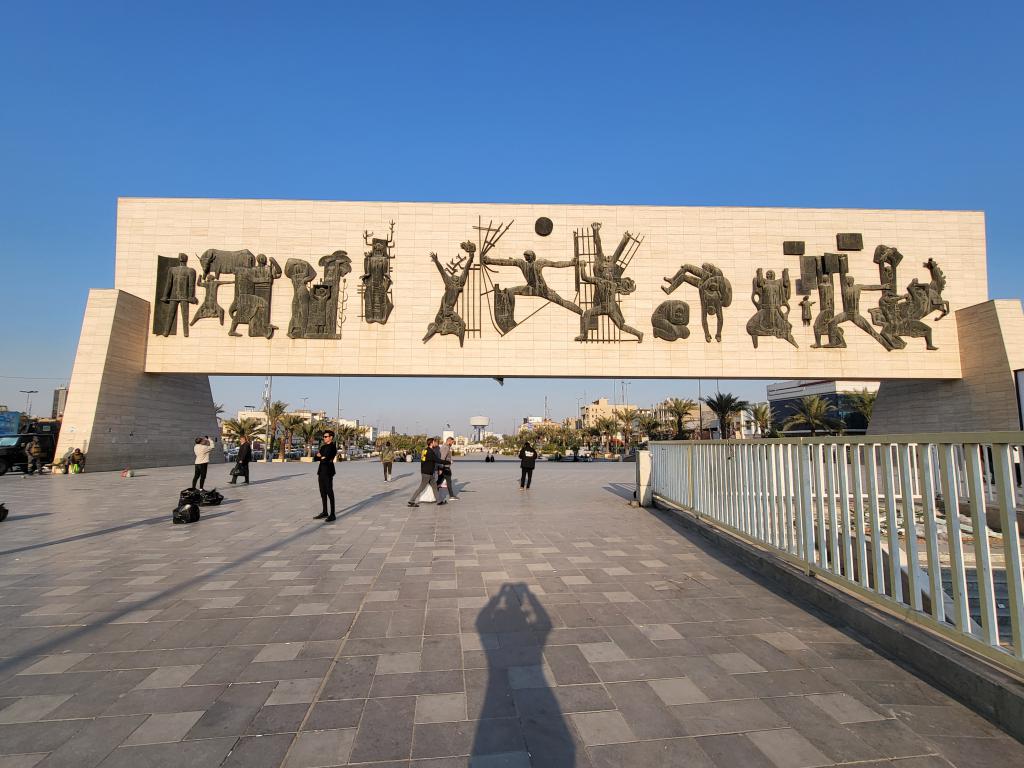
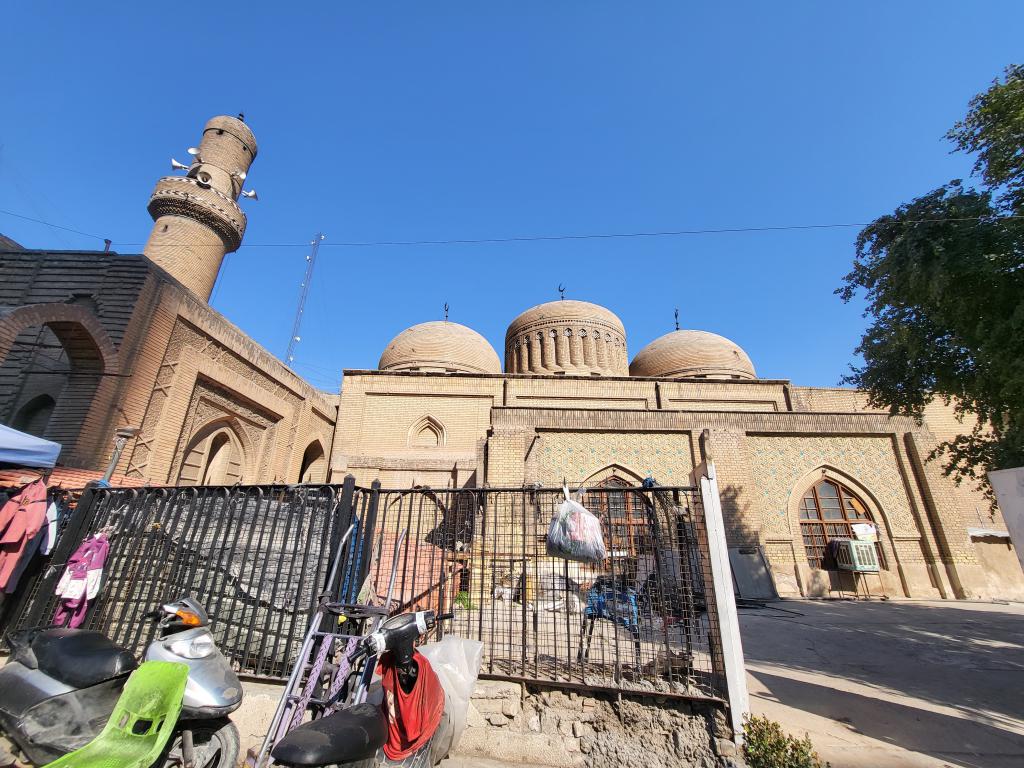
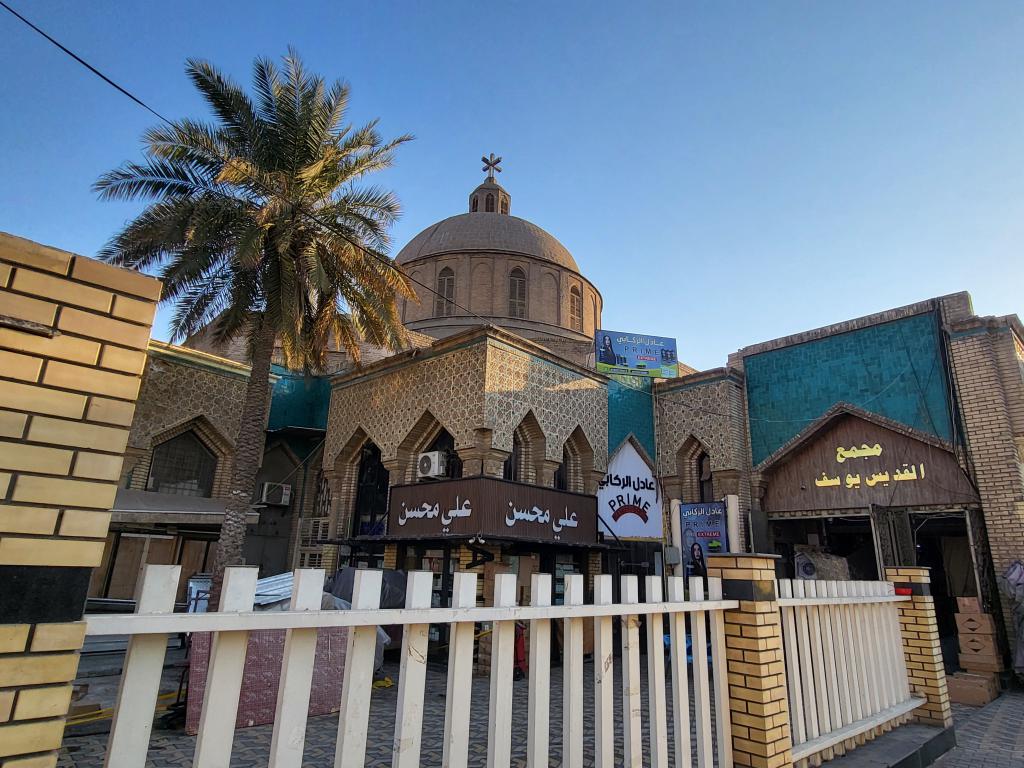
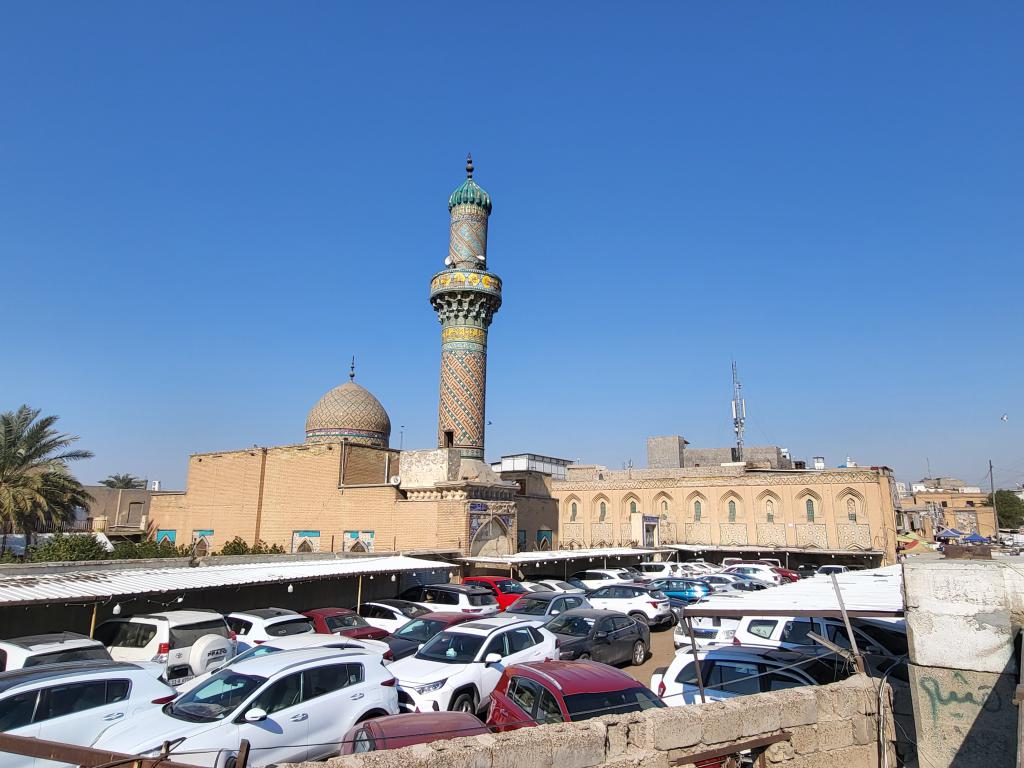
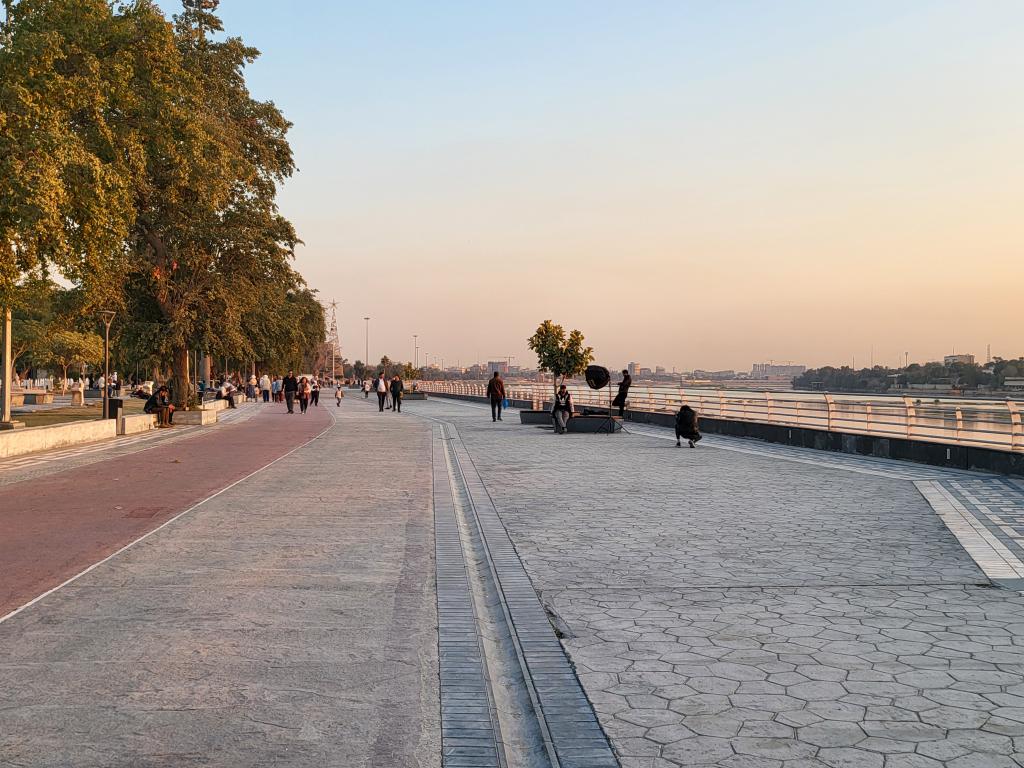
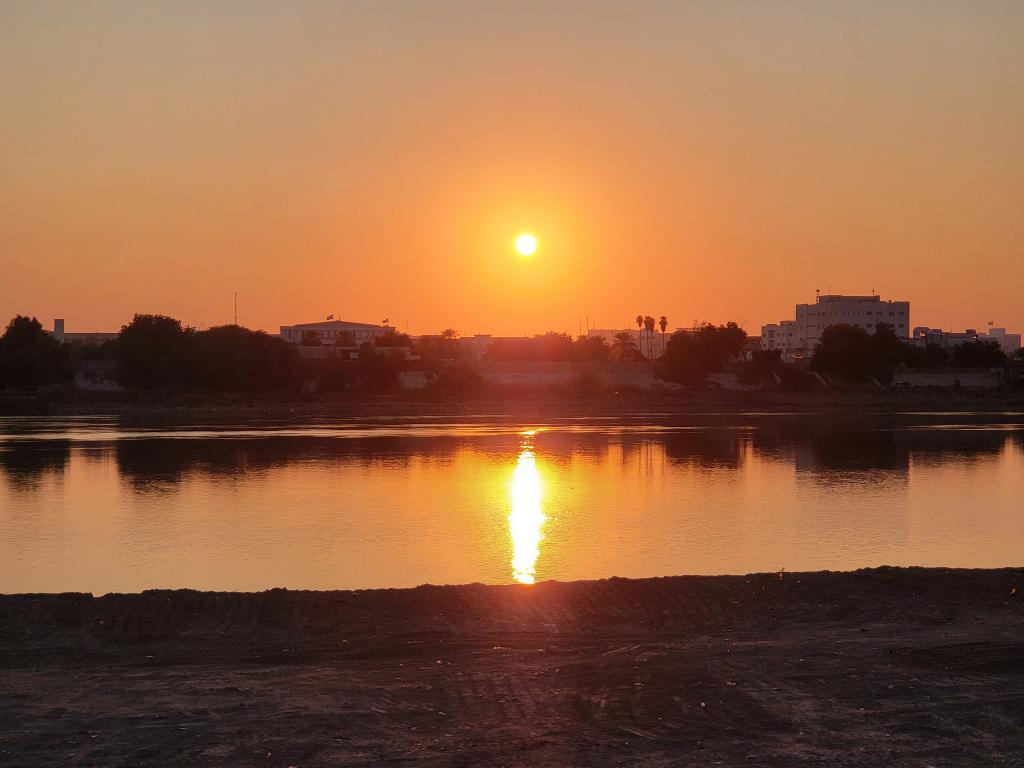
Erbil, Kurdistan, Iraq. Visited on 30 – 31 January 2025.
From Baghdad, I took a shared taxi together with three others to Erbil, a city in autonomous Kurdistan and its capital in northern Iraq. For years, I have been intrigued by reading about the Kurds working with the Americans in the capture of Saddam Hussein and al-Qaeda figures, and fighting against ISIS.
The crossing into Kurdistan was a breeze for me, but not for the other two Iraqi passengers. So the Kurds take enforcing their border control within Iraq seriously.
Erbil is one of the oldest, if not the oldest, cities in the world, permanently inhabited since the 5th BC. The iconic landmark is the Erbil Citadel, perched on the hill overlooking the old town, which remains the focal point of the locals’ activities. The Sami Abdulrahman Square below the citadel was abuzz with life. People sat around seeping tea, chilling with friends, and smoking shisha. Some of the main streets around here were pedestrian streets congested with people. Also around here is the old Qaysari Bazaar. This area is a beehive.
The following day was a Friday, which is a weekend here. The streets were quiet. I had a very leisurely stroll to Jalil Kahayat Mosque. I wandered around the compound and into the interior; it was impressive architecturally, inside and out. Nobody asked for payment, nobody asked me any questions. It was one of the most open mosques to non-Muslims.
Erbil is quite different from Baghdad. Some men wear Western pants, others the traditional Kurdish baggy pants with waist sash. Many men carry a string of prayer beads, also called worry beads, in their hands. More females are seen on the streets. Some girls wear hijab while many others show off their crowning glory. They dress in more colors.
There is less rubbish on the streets. The signage is more often also in English.
Azan and Quranic recitations are often heard in many establishments and public places – religion still plays a big part in their lives.
I see a people basking in freedom.
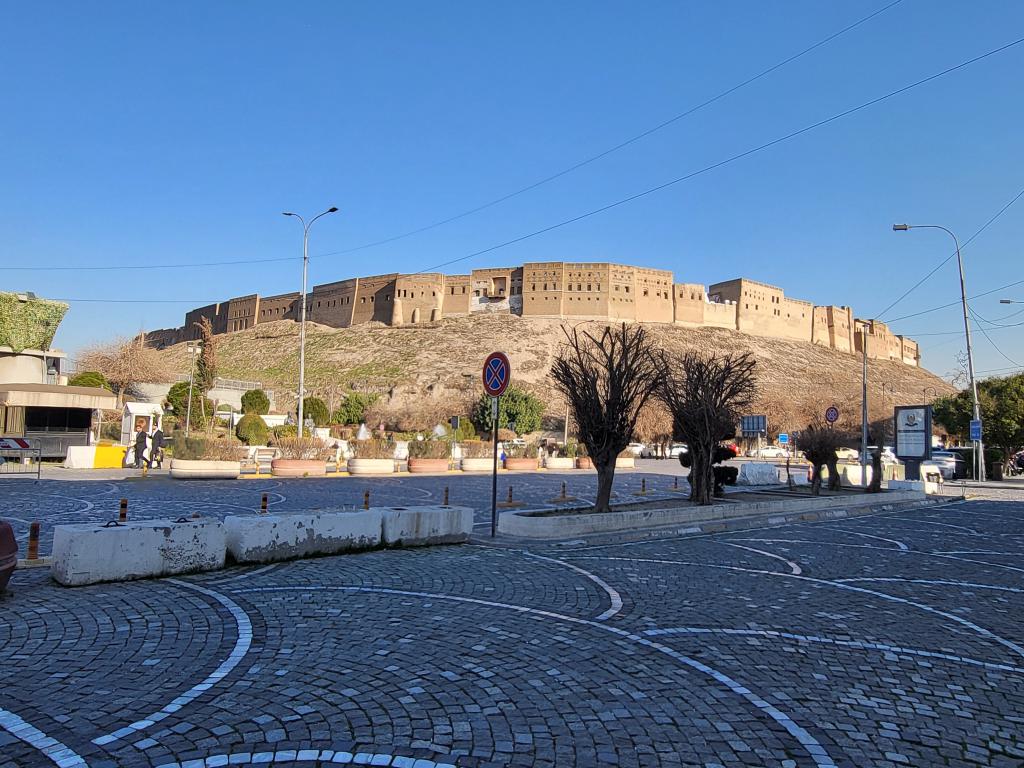
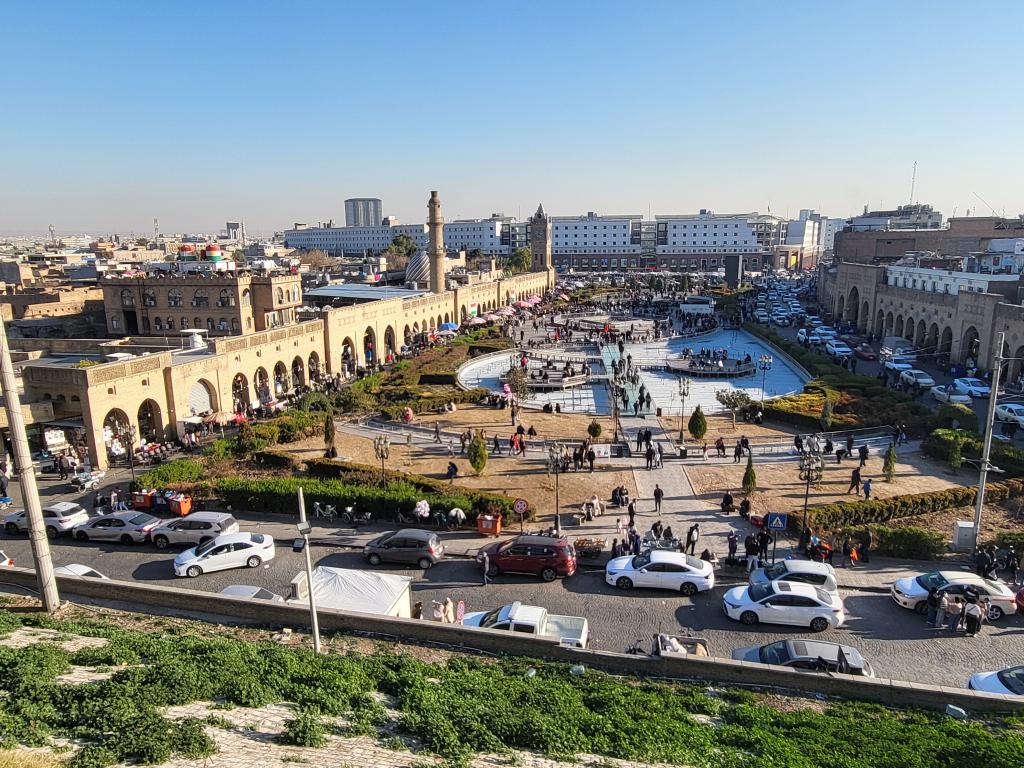
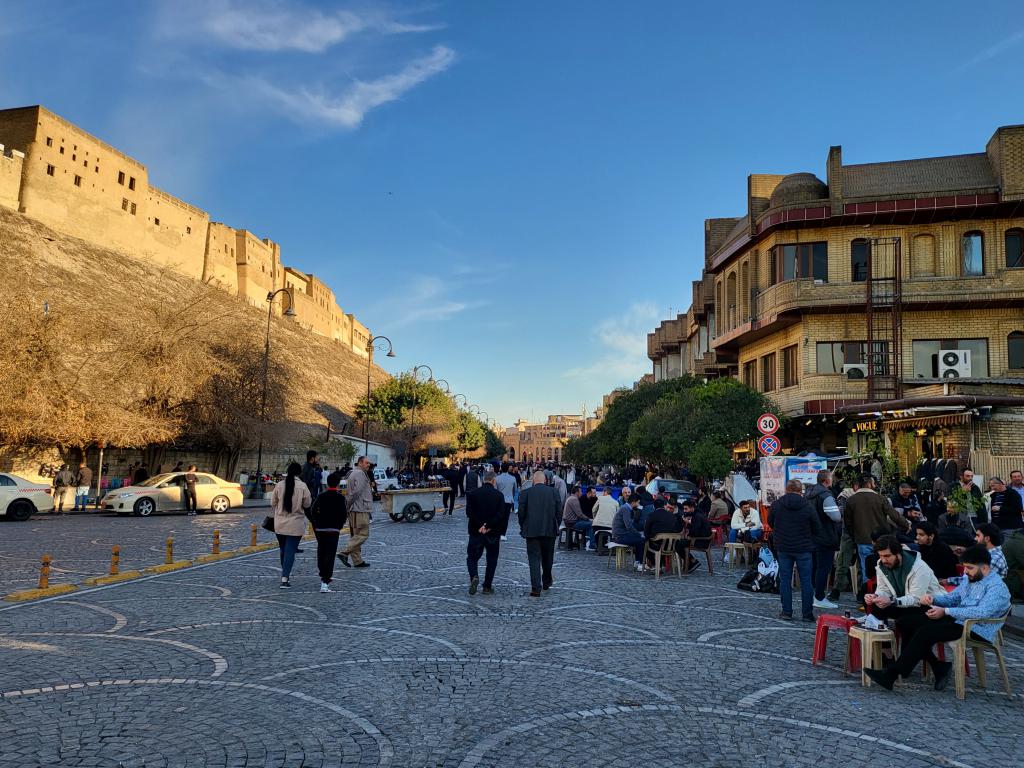
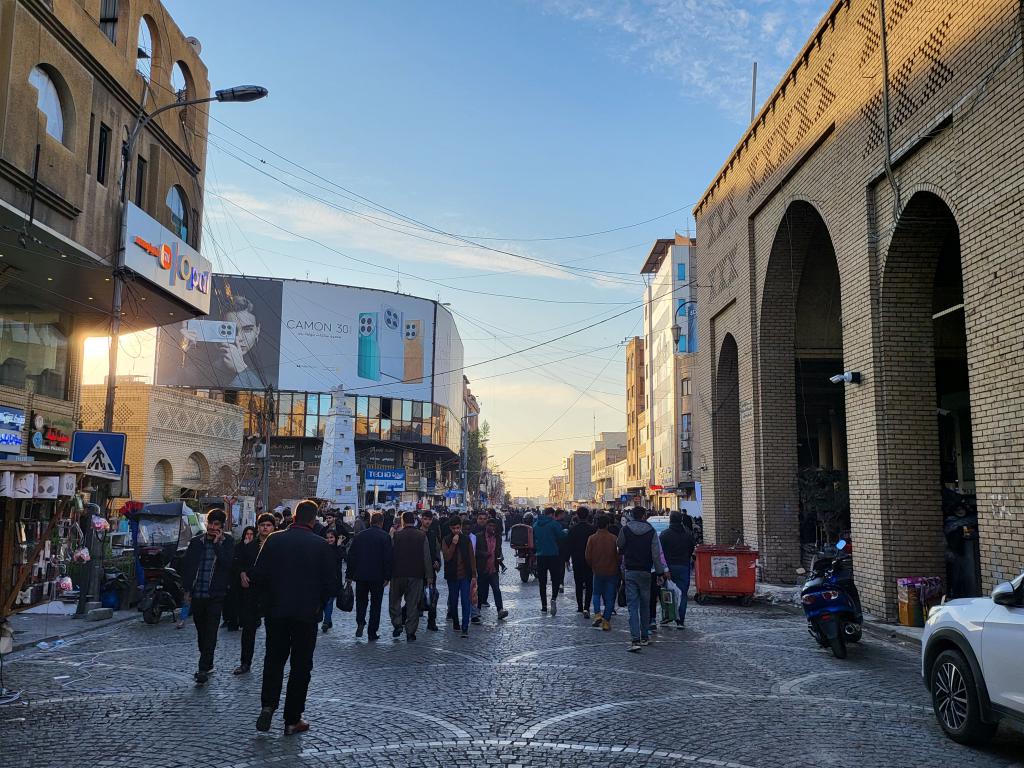
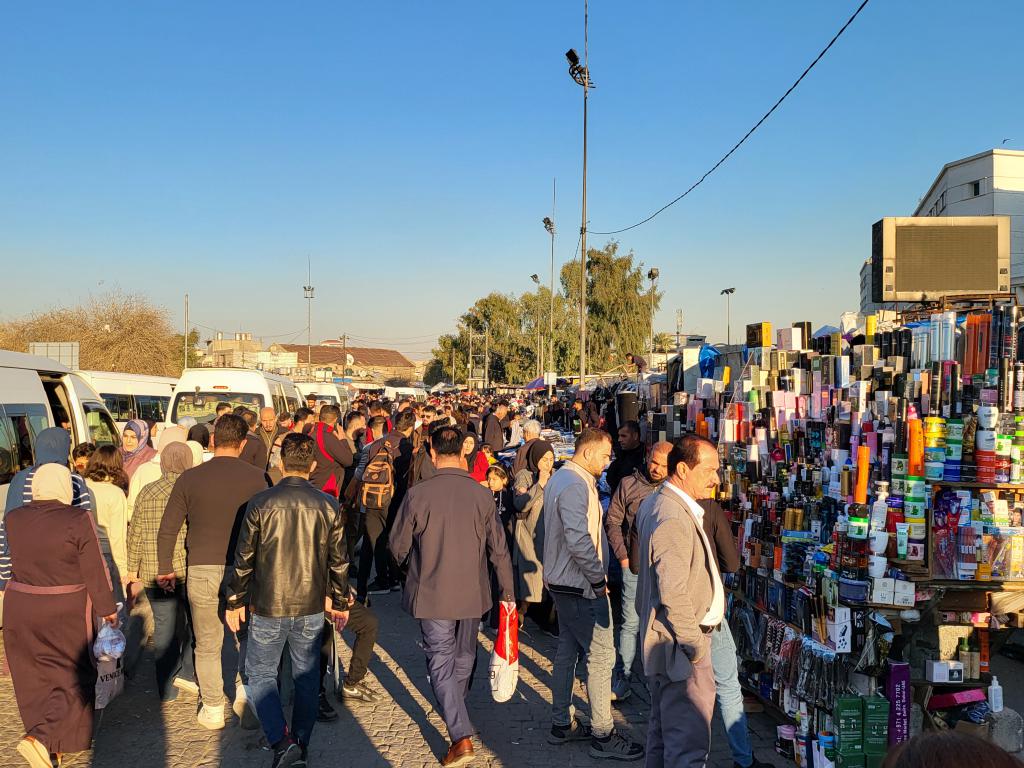
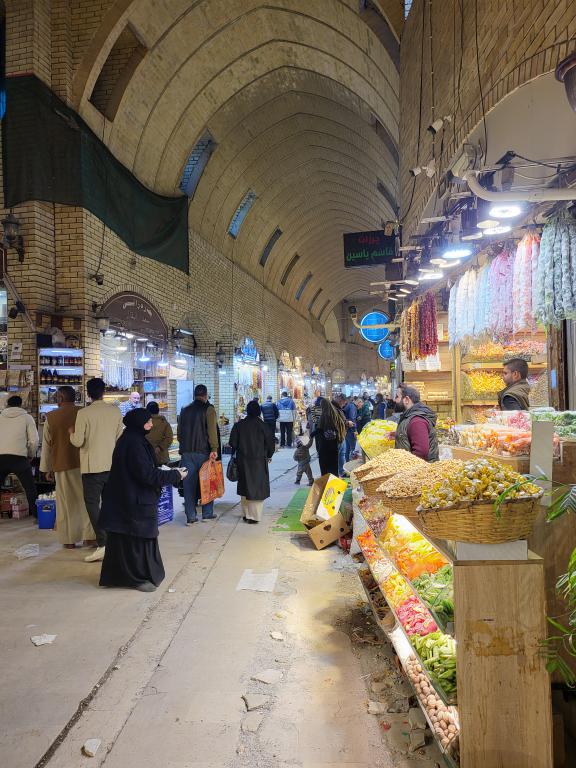
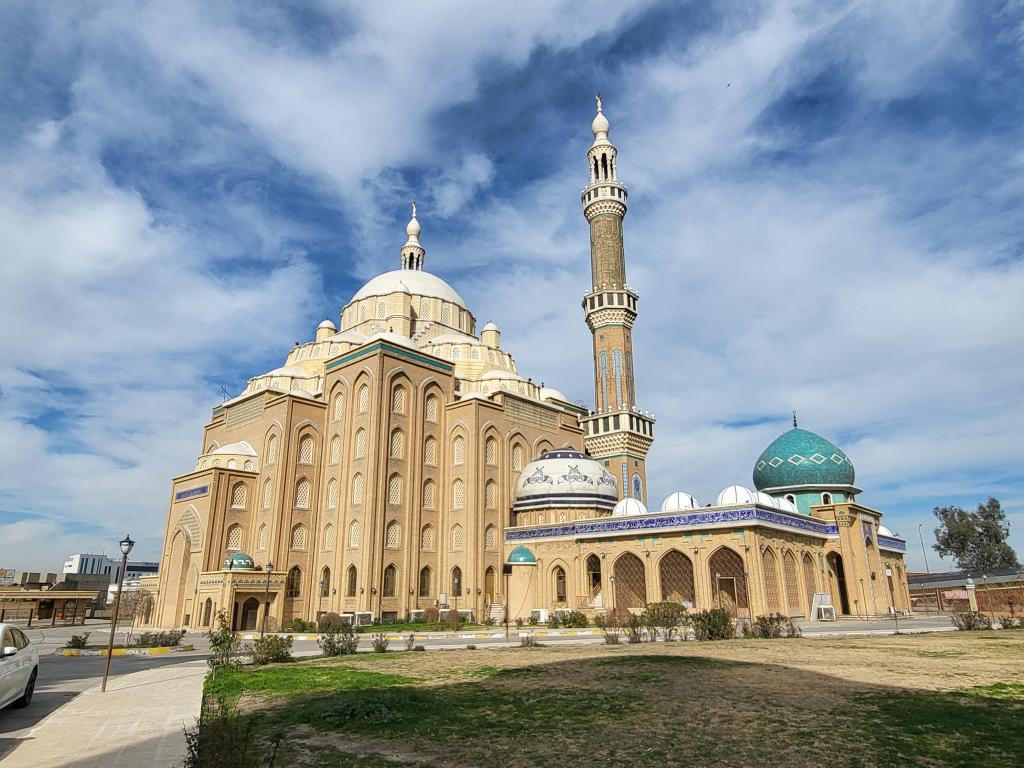
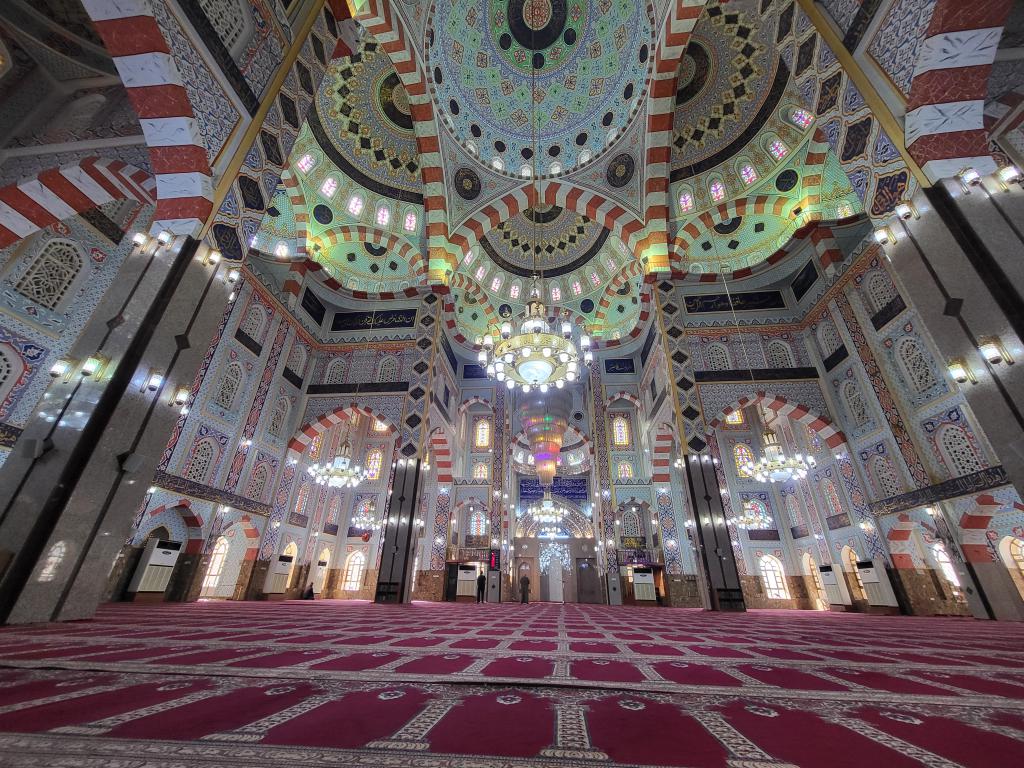
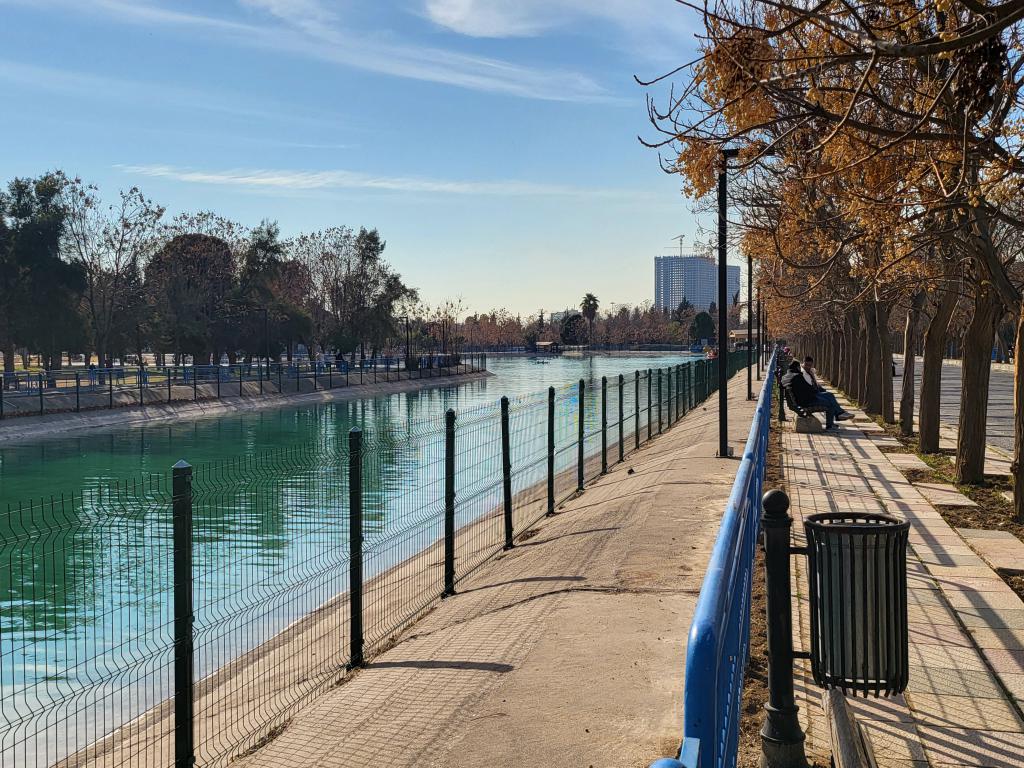
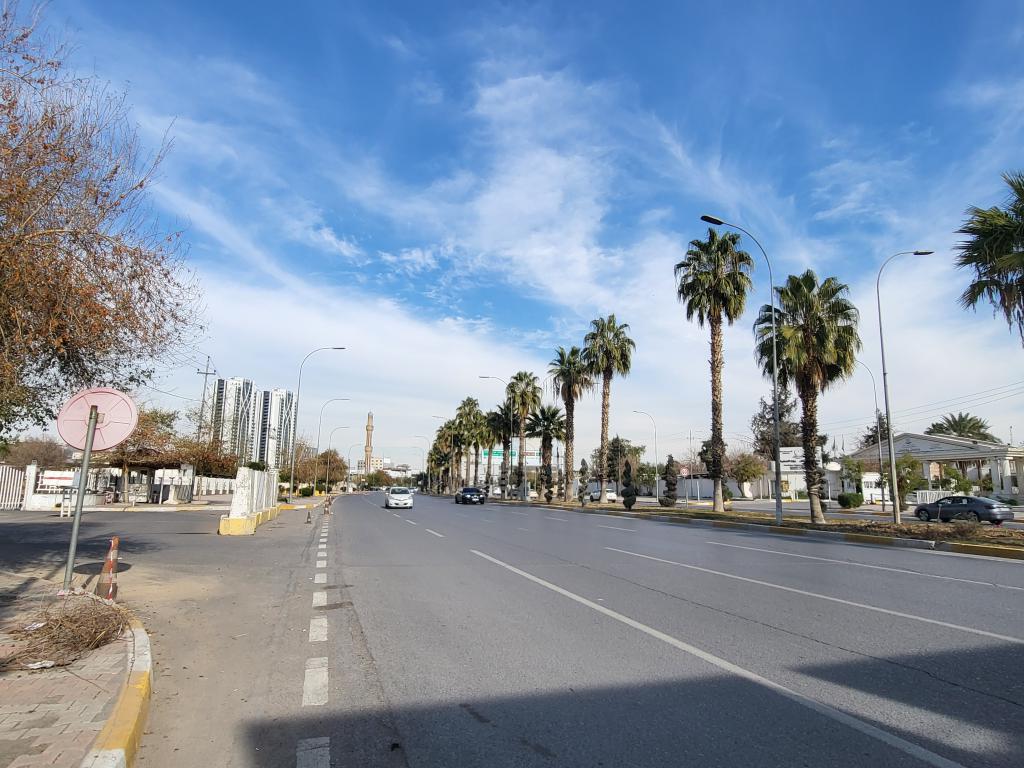
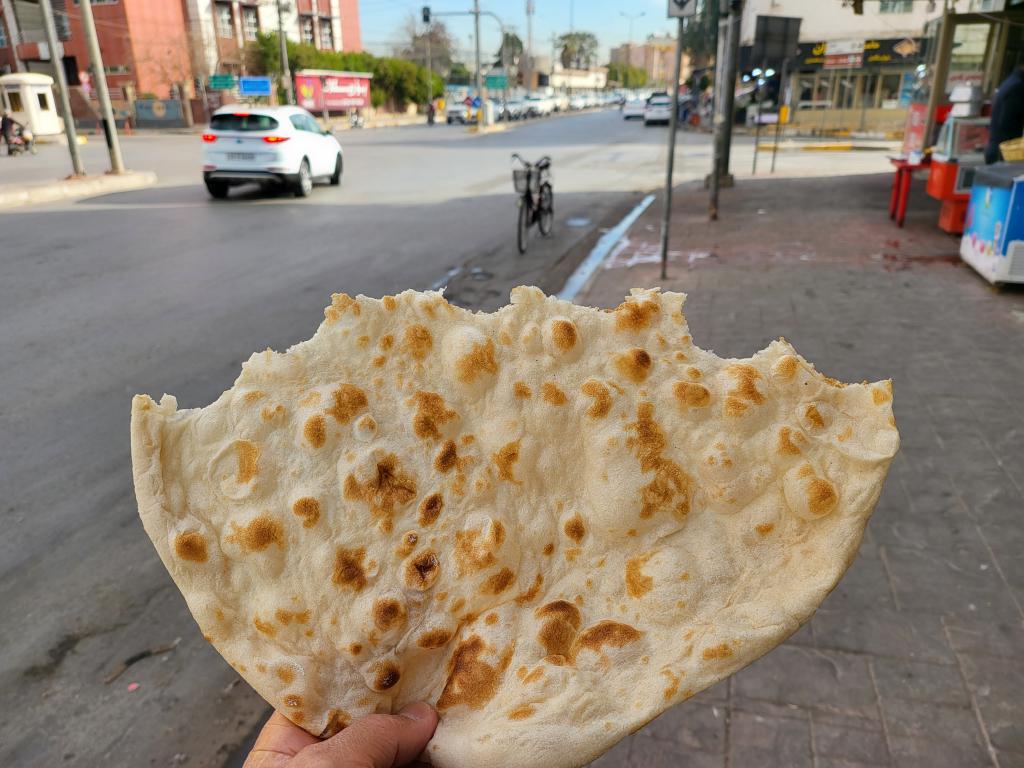
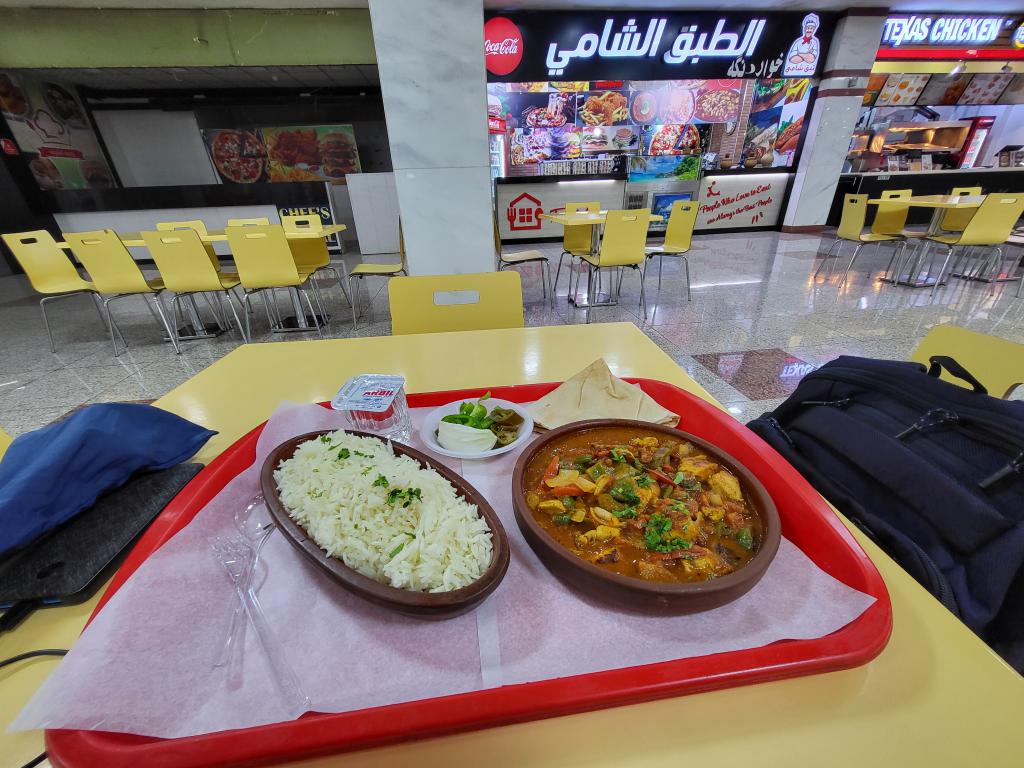
Sulaymaniyah, Kurdistan, Iraq. Visited on 1-2 February 2025.
From Erbil, I took a shared taxi to arrive in Sulaymaniyah three hours later.
I was staying right in the beating heart of the city, the old town. Fifty meters away was the Grand Mosque of Sulaymaniyah. This is again totally open to non-Muslims to wander in.
Each of the streets here is taken up by crowds like they are out shopping on the eve of a festive celebration. Here, the cars walk with the pedestrians. They converge here not just to shop, but to eat by the street sides of shawarma and steamy hot flavorful flatbread, or dine in restaurants serving delicious local hot meals. They want to connect with their fellows. At Sara Square, they sat with their fellows, connecting over a glass of hot tea to make their greetings warmer. They come to socialize, to have fun. Here, people want to be with people. Stalls sell fresh off the trees and ground fruits and vegetables of dizzying array of vibrant colors. Indeed, an open market of everything a Kurd needs and wants.
I ate well here – well nourished with daily hot meals of chicken, mutton, stewed vegetable, salad, and beans, and filled up with rice and local naan bread. They have a special way of cooking the rice to make it fluffy and flavorful. The bread is a godsend, like steamy hot manna from roadside earthen ovens.
I started the following day by visiting the Sulaymaniyah Museum. I then sauntered to Azadi Park, a big park under improvement works. Lastly, to the much-anticipated Amna Suraka, also called the Red Museum or Red Prison. I came to Kurdistan to know the Kurds. I have heard of their plight through the years. The Kurds are one of the largest ethnic groups in the region, 30-45 million, yet without a country of their own. They suffered atrocities, including massacres in countries they lived in, and were poisoned with chemical gas by Saddam’s regime, which remains one of the largest chemical weapons attacks against civilians.
Without a home they call their own, they have survived and thrived.

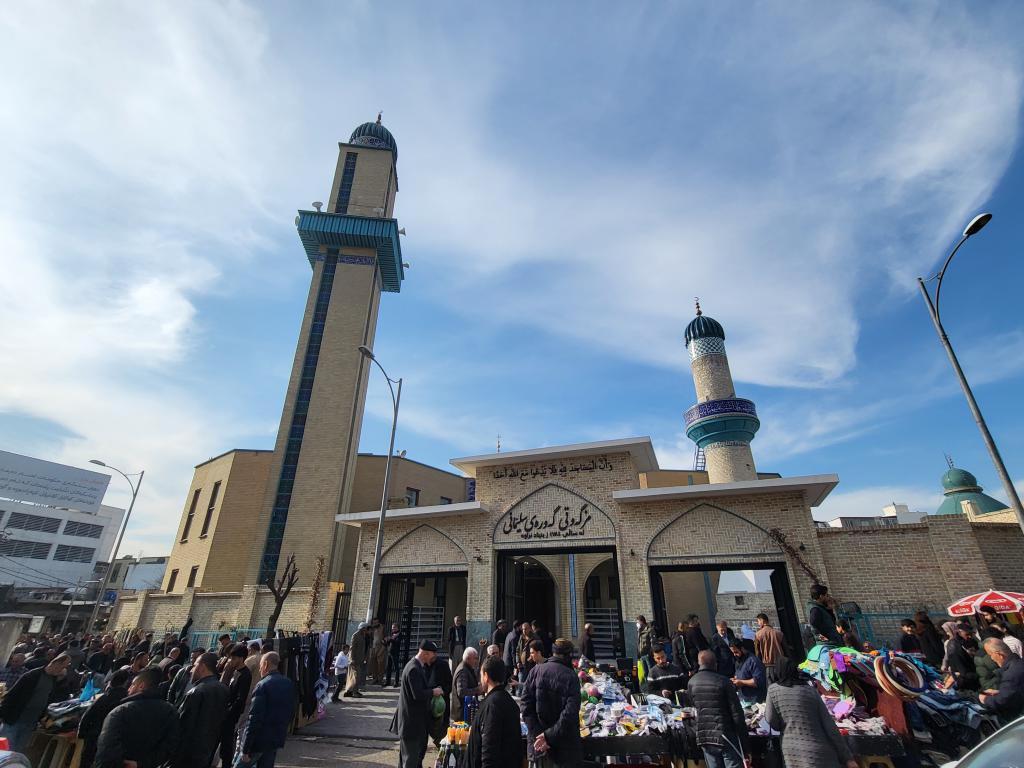
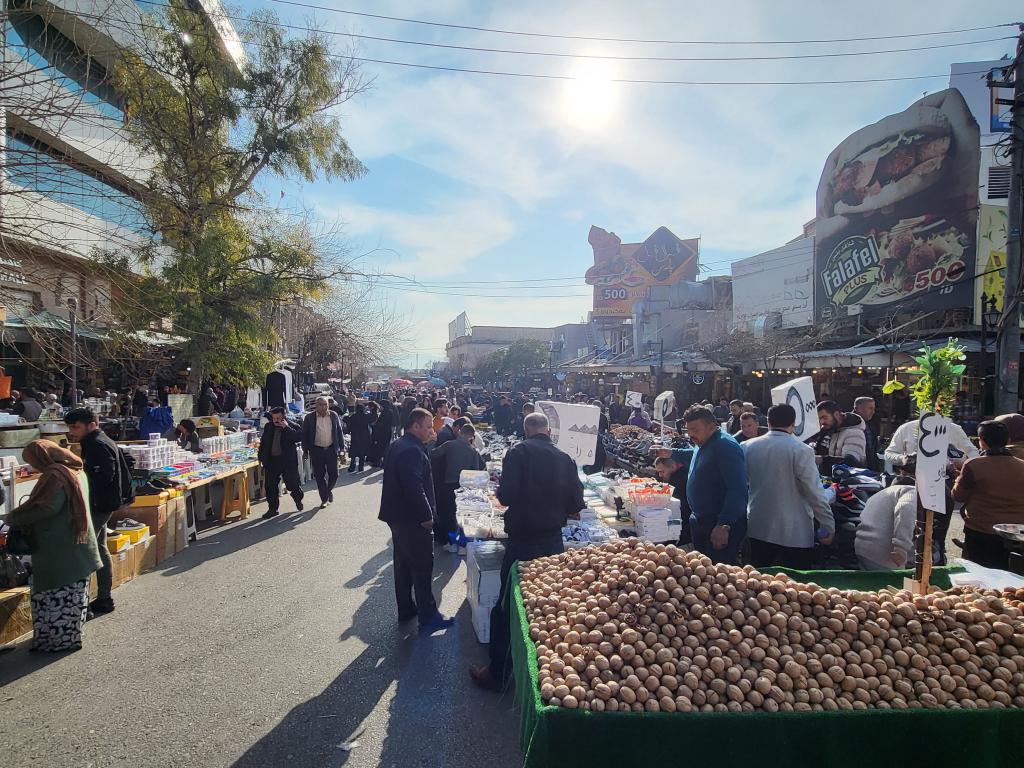
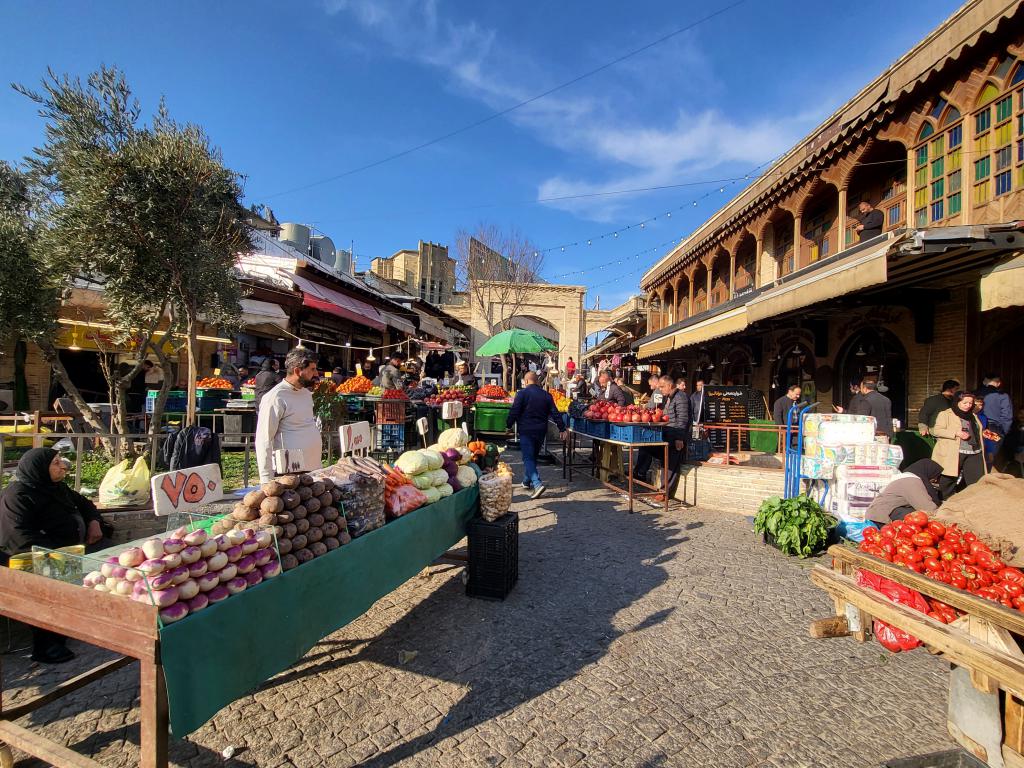
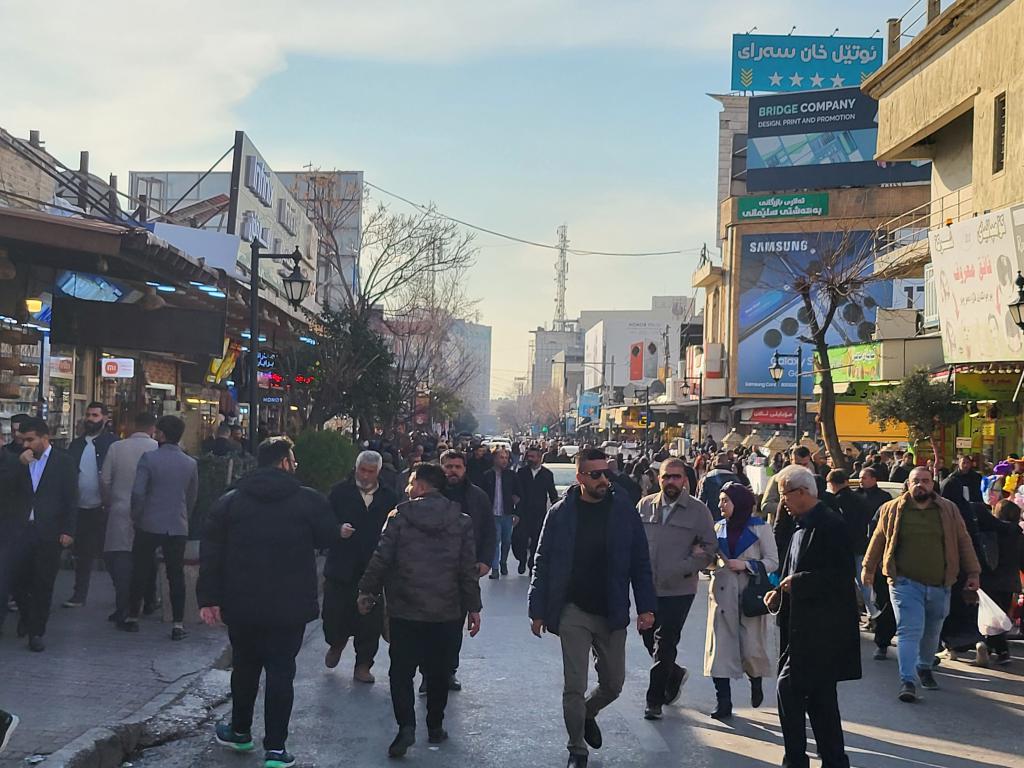

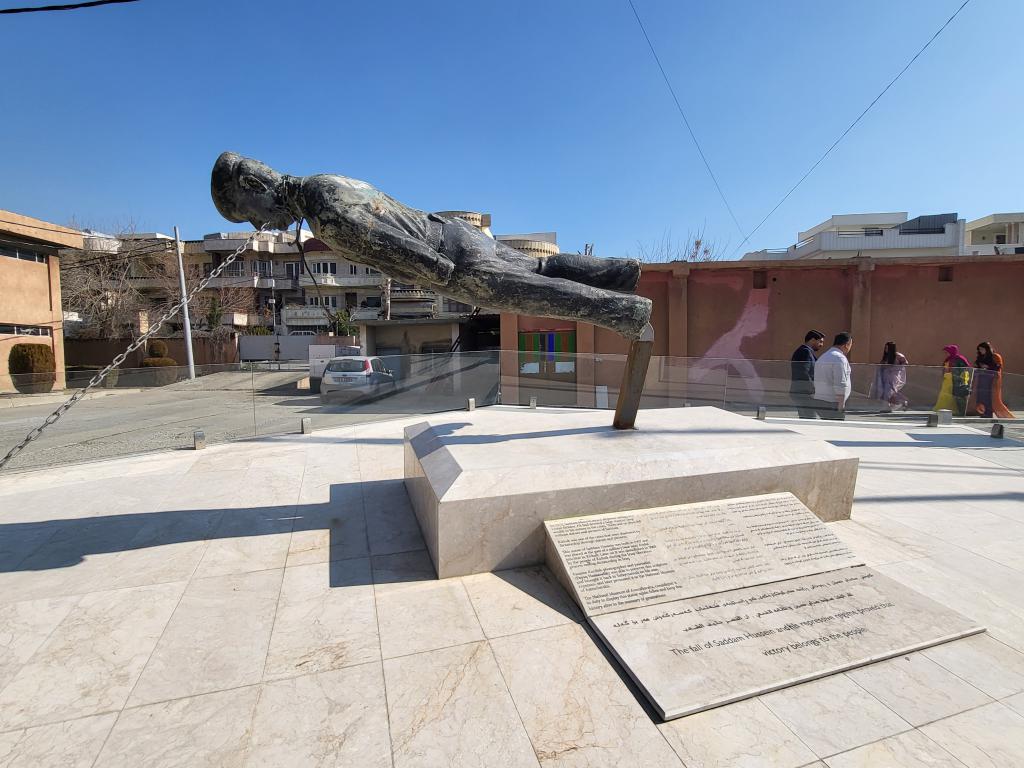
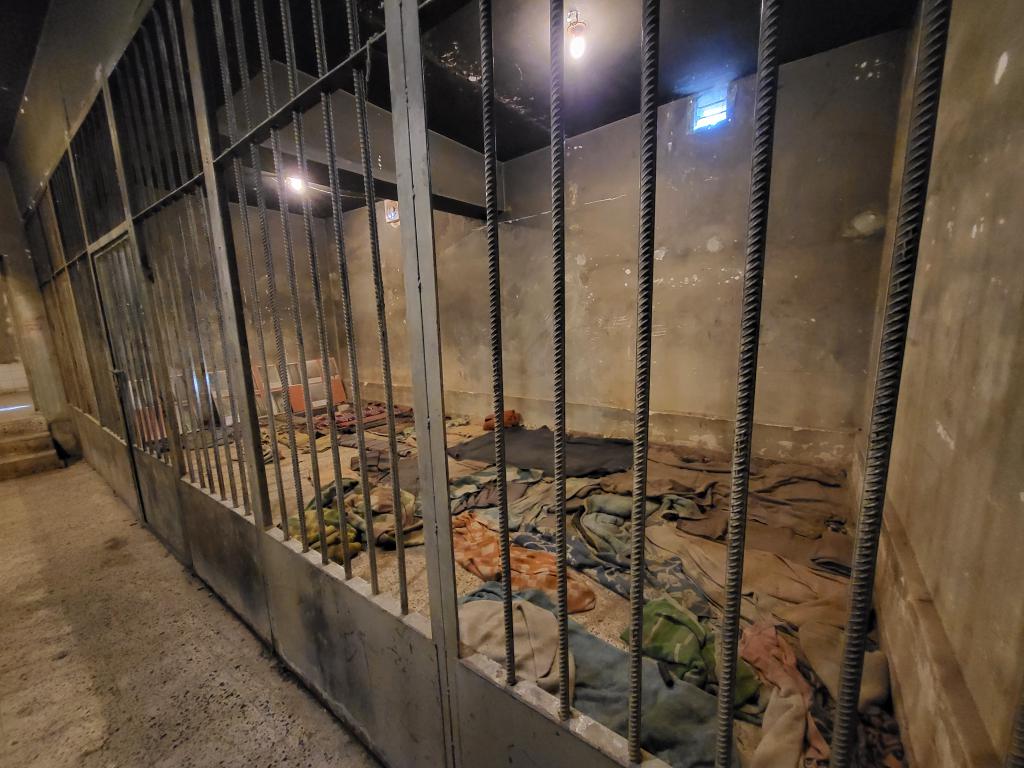
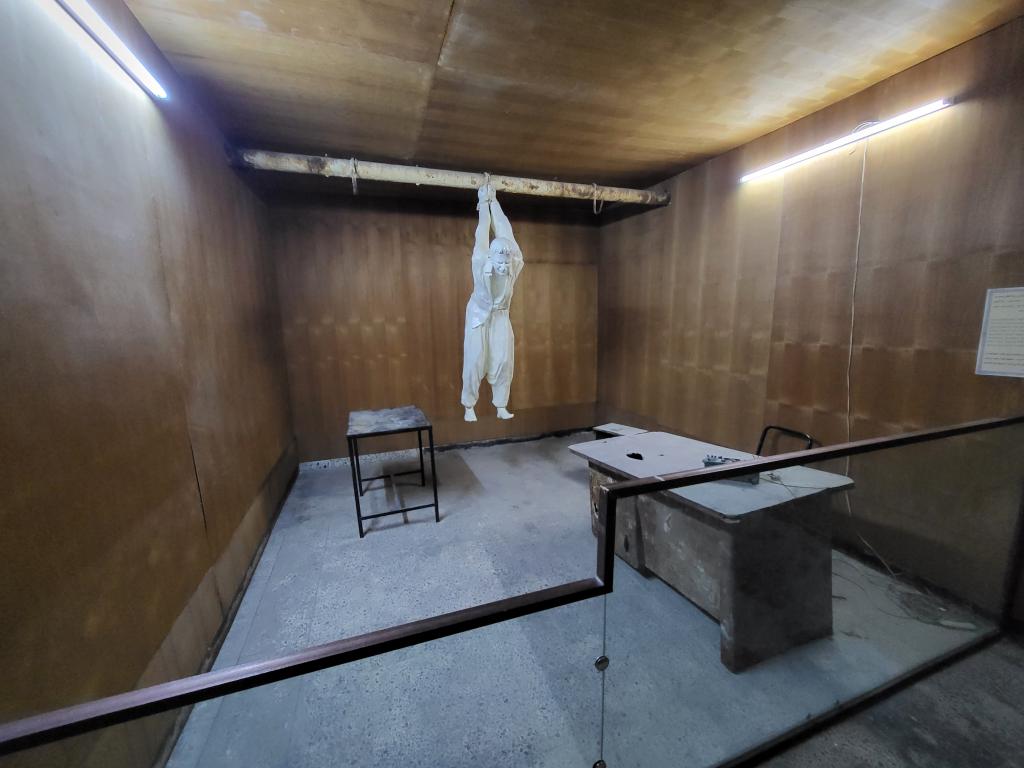

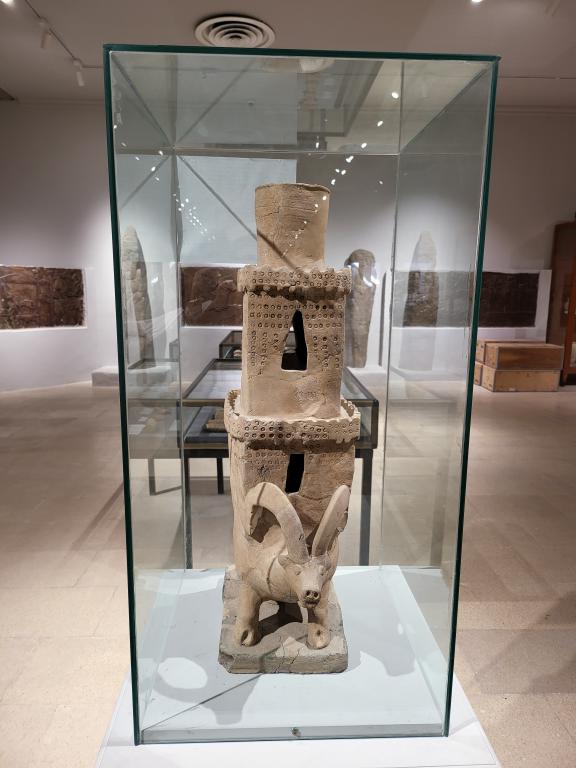
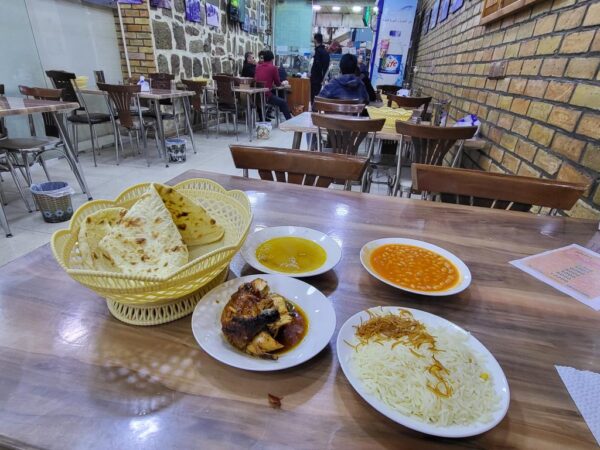
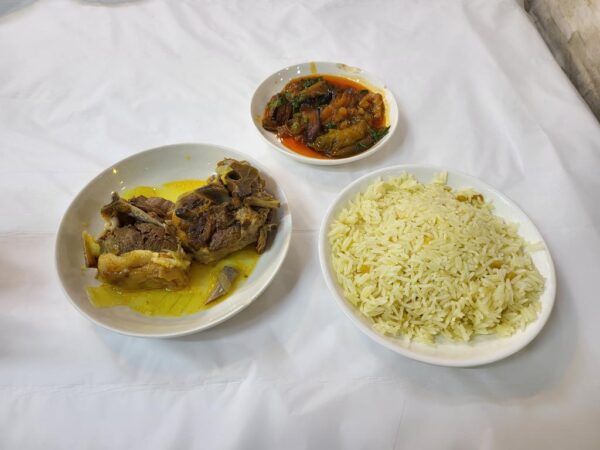

Karbala, Iraq. Visited on 4 February 2025.
From Sulaimaniyah in Kurdistan, I rode with the locals in a shuttle bus to return to Baghdad. After exiting Kurdistan, there were many security checks along the way – no less than 4 stops to look at my passport and ask “Where are you from?”. I was the only foreigner with a passport and immediately became a person of interest. I guess checking passports in English is not common here.
The next morning, I shared a taxi departing Baghdad for Karbala. The driver often drove at 170 km/hour, sometimes holding his mobile phone in one hand. I was unbelted; I dared not blink; I wished there were speedbumps, more and bigger. It goes without saying, I arrived in a very good time.
Karbala is one of the holiest cities for Shi’ite Muslims and is home to the shrines of Imam Husayn and Abu Fadhl Al-Abbas. Many visitors came here as pilgrims. Visitors were everywhere – in the squares, before the shrine, on the floor, in the halls. They pray in front of the shrine; they pray on the carpet laid on the cold floor; small groups of procession led by a microphone reciting holy messages as they walked around the shrine area. Women were visible, in number and almost all were in black robes. They bore somber looks – reflective and thoughtful. They came, almost wanting to be left alone, to focus on their spirituality. I felt out of place as a non-believer and the only Chinese.
At night the shrine lights up in green, and the fervor during the day continues.
Karbala is thick with religiosity. The air was intense, for a non-believer, even hard to breathe.
Shiite Islam is the dominant sect in Iraq. I was right in it, in Karbala, to see firsthand the Shi’ite’s faith being practiced. That is a unique and special experience.
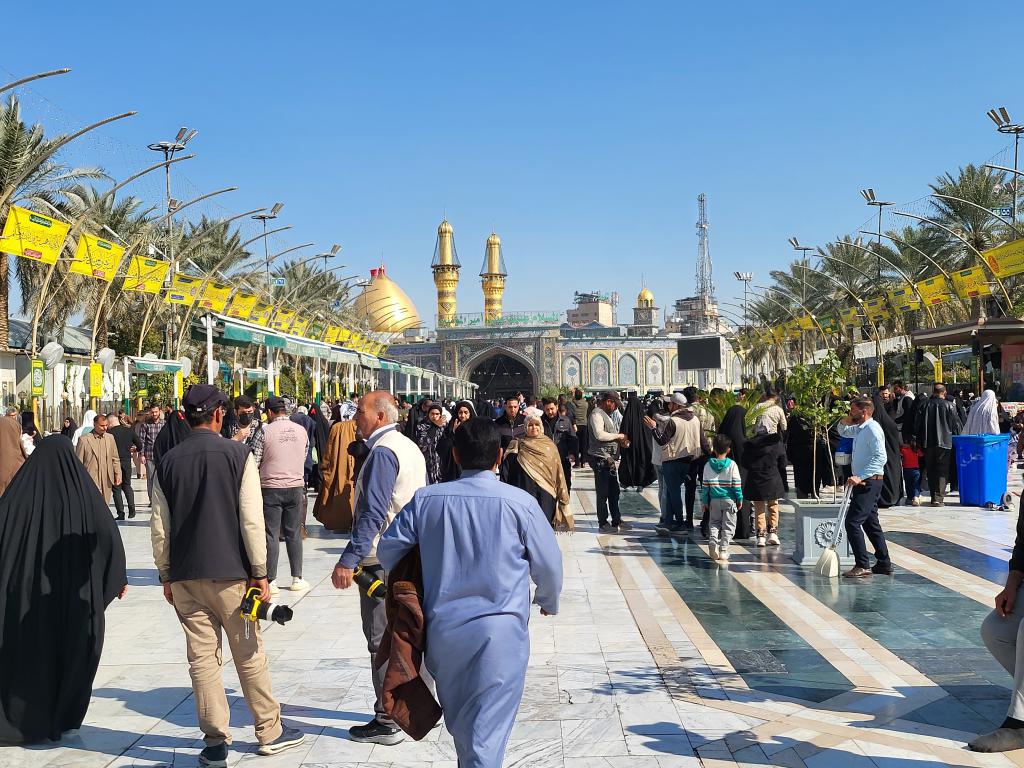
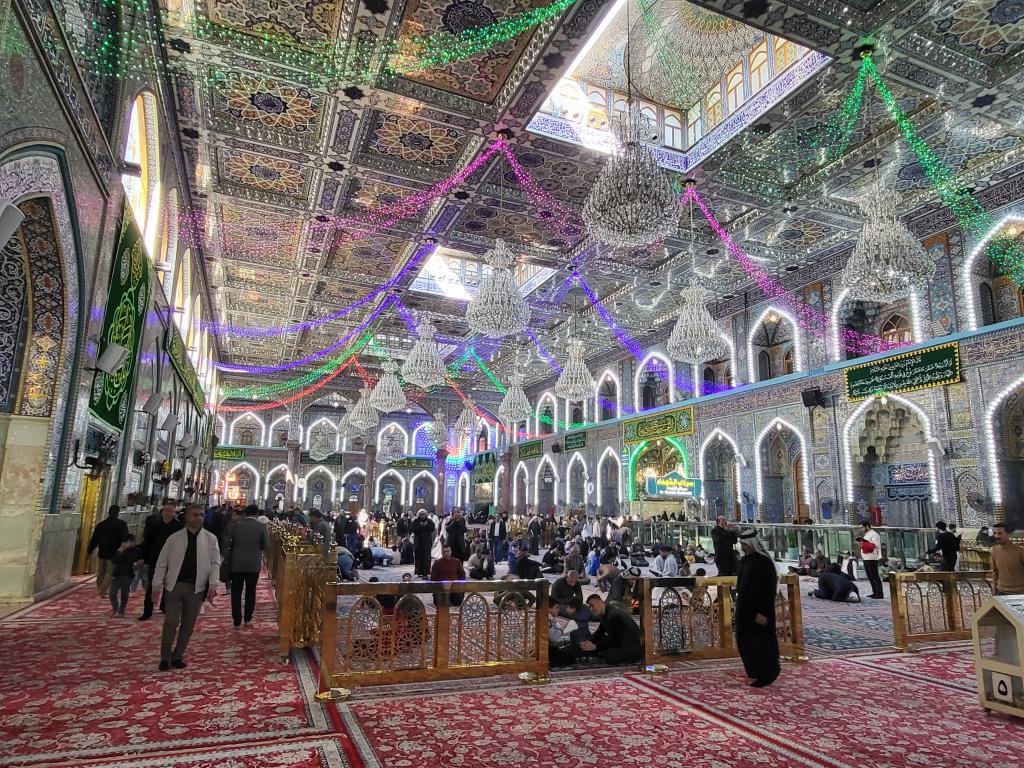
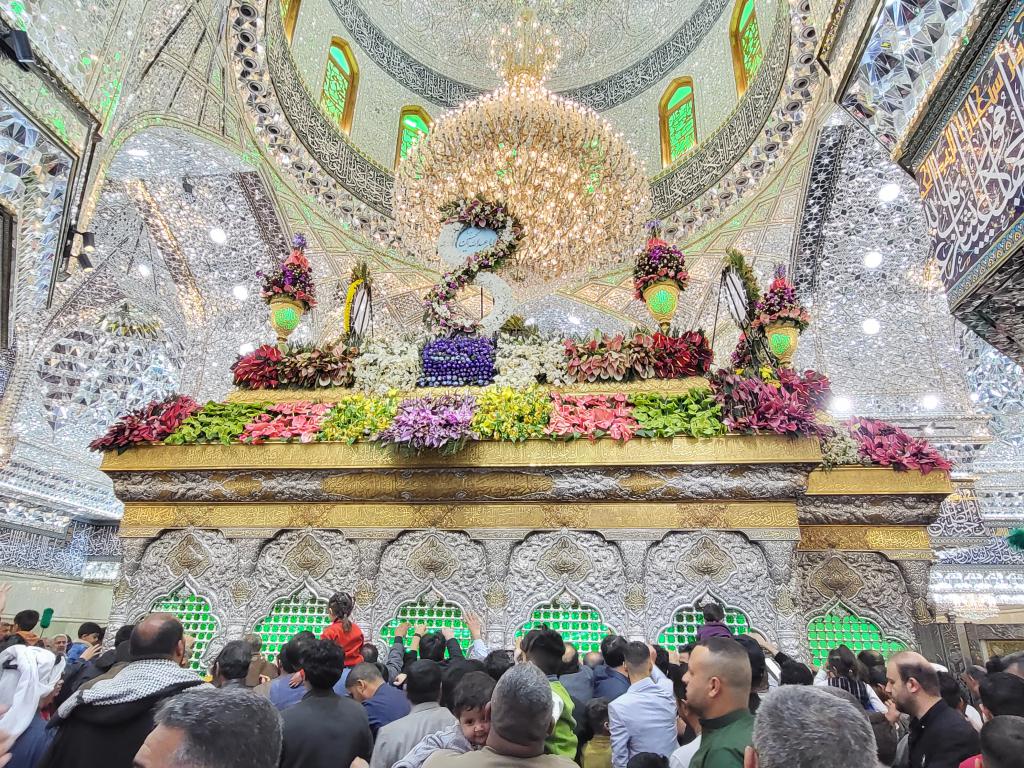


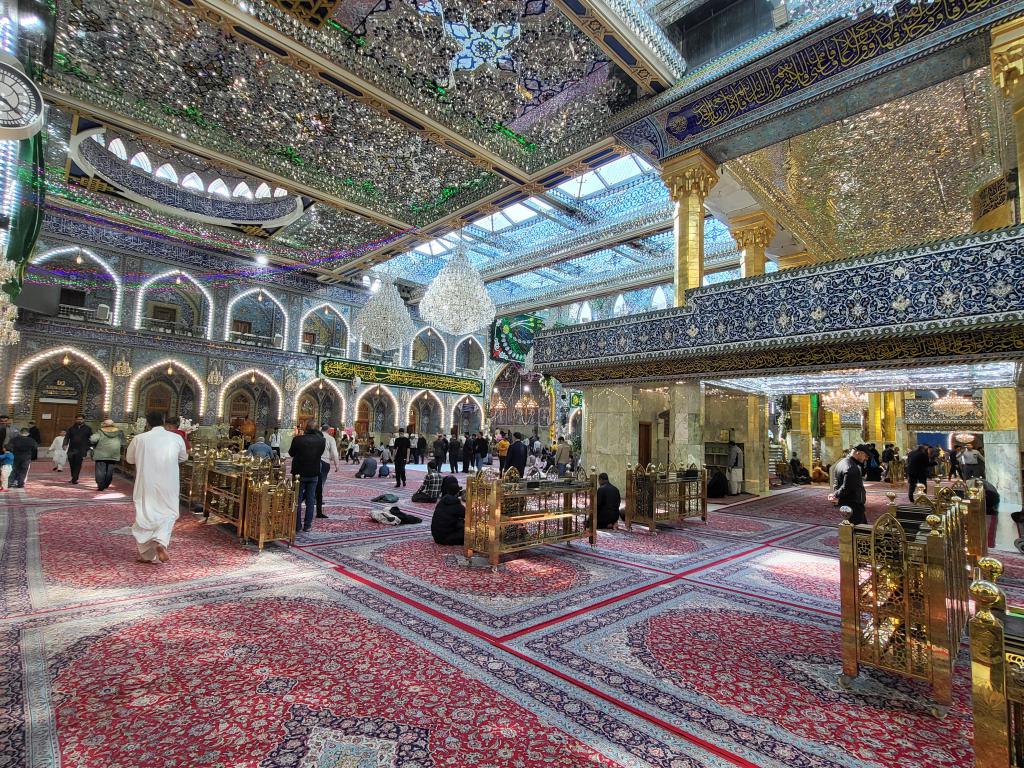


From Karbala, I rode in a shared taxi to Najaf, 80 km away.
Najaf is home to the Imam Ali Shrine and is a major pilgrimage site for Shiite Muslims.
I stayed in a hotel near the shrine. The security security checks were tight, suffocatingly airtight – body searches and bag checks. They have to keep the shrine and the pilgrims safe.
Pilgrims, many from outside of Iraq, came to the shrine and touched and kissed the wall. Now and then, men carrying a coffin chanted as they carried the casket through the crowd. Small groups of women in black robes followed a man with a microphone in hand, reciting messages; I witnessed a man reciting in front of the shrine wall, surrounded by grief-stricken men with tears running down their cheeks – it was as though a tragic event had just occurred. Around here, grief fills the air.
Later, I went to the nearby Wadi Salam, the largest cemetery in the world, covering more than a thousand acres and containing millions of bodies. I enjoyed my look-around, in dead silence.
Today was another day about death and remembrance. In Karbala and now in Najaf, I see their grief deep and their reflection heartfelt.
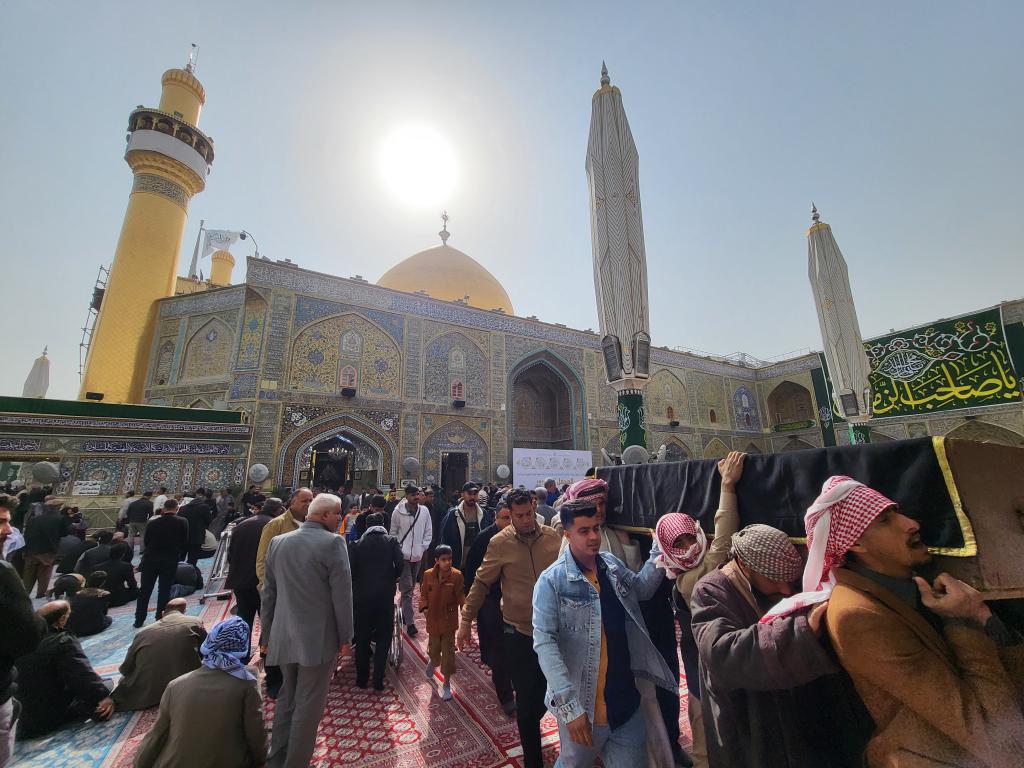
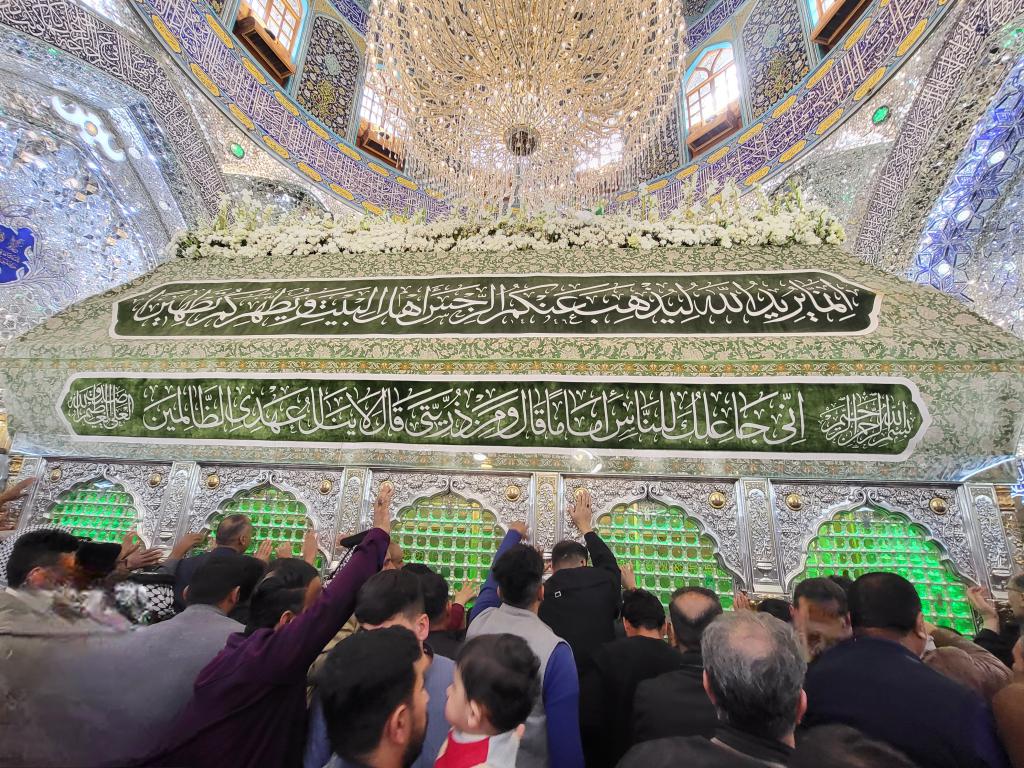
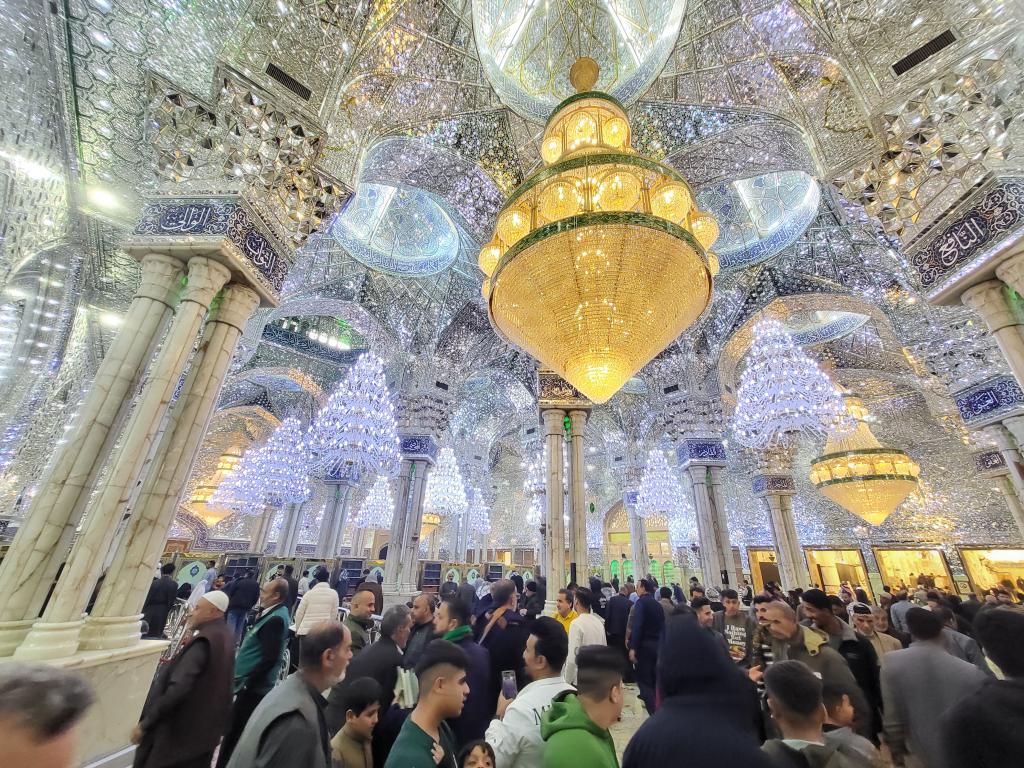
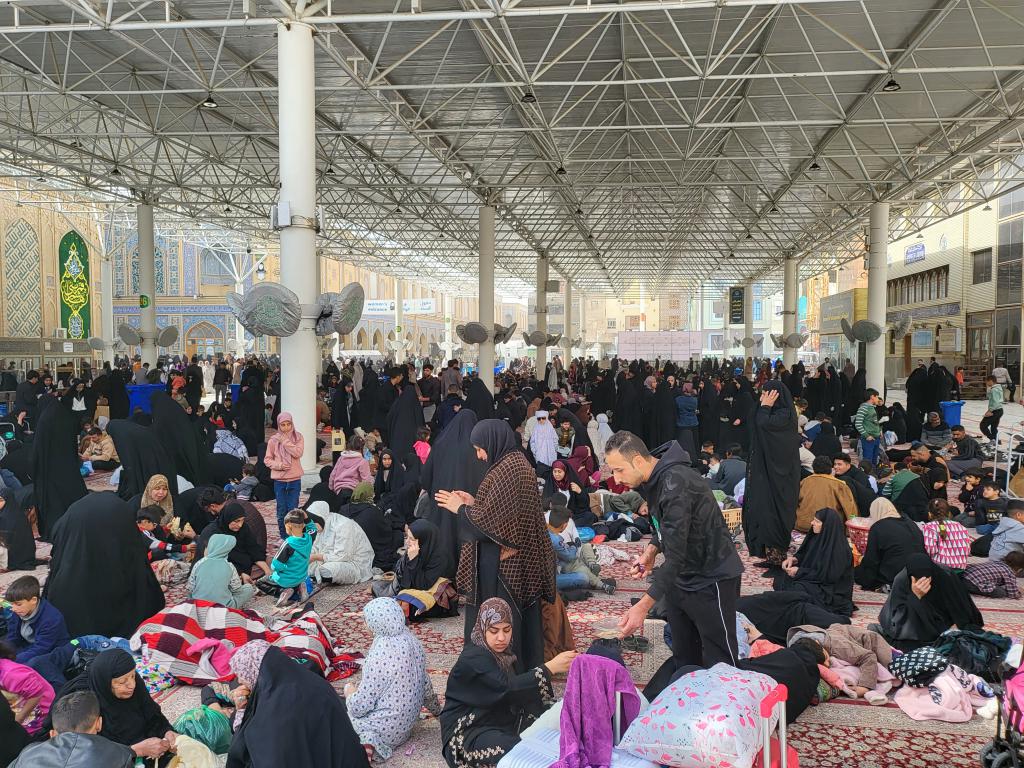

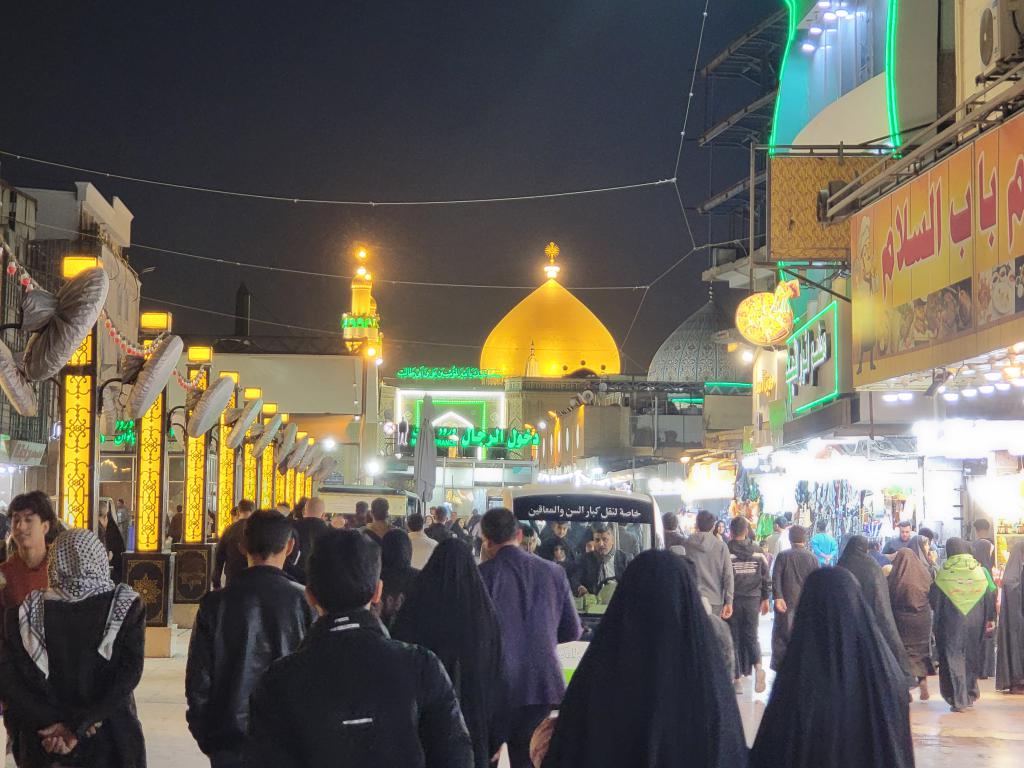
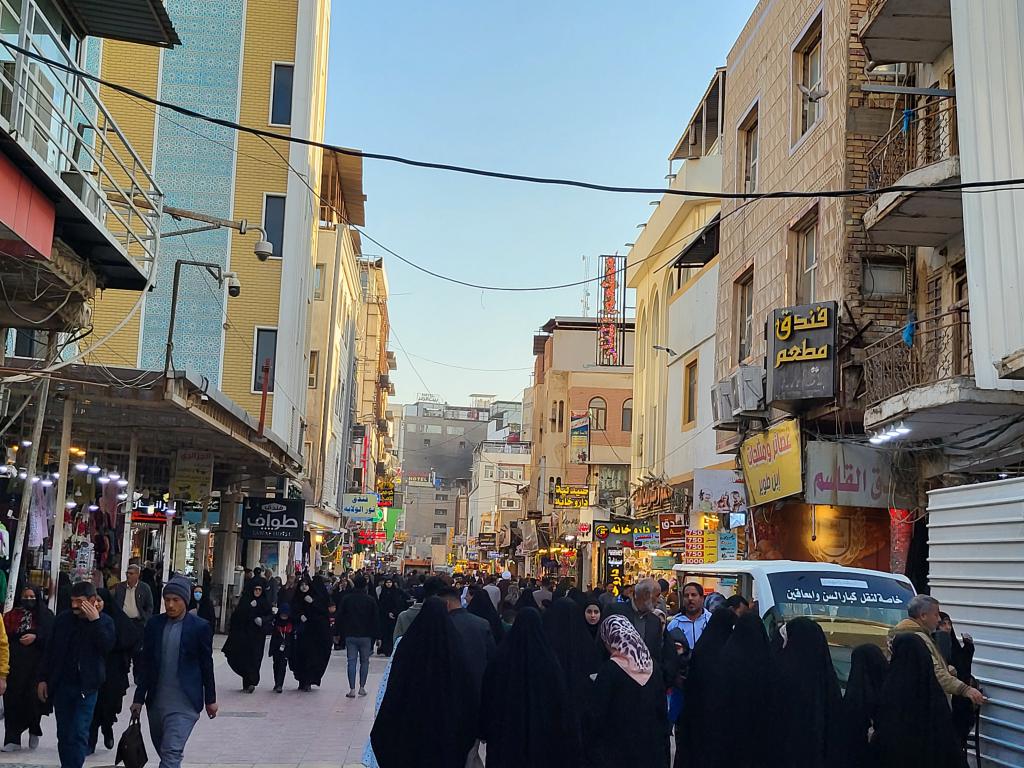
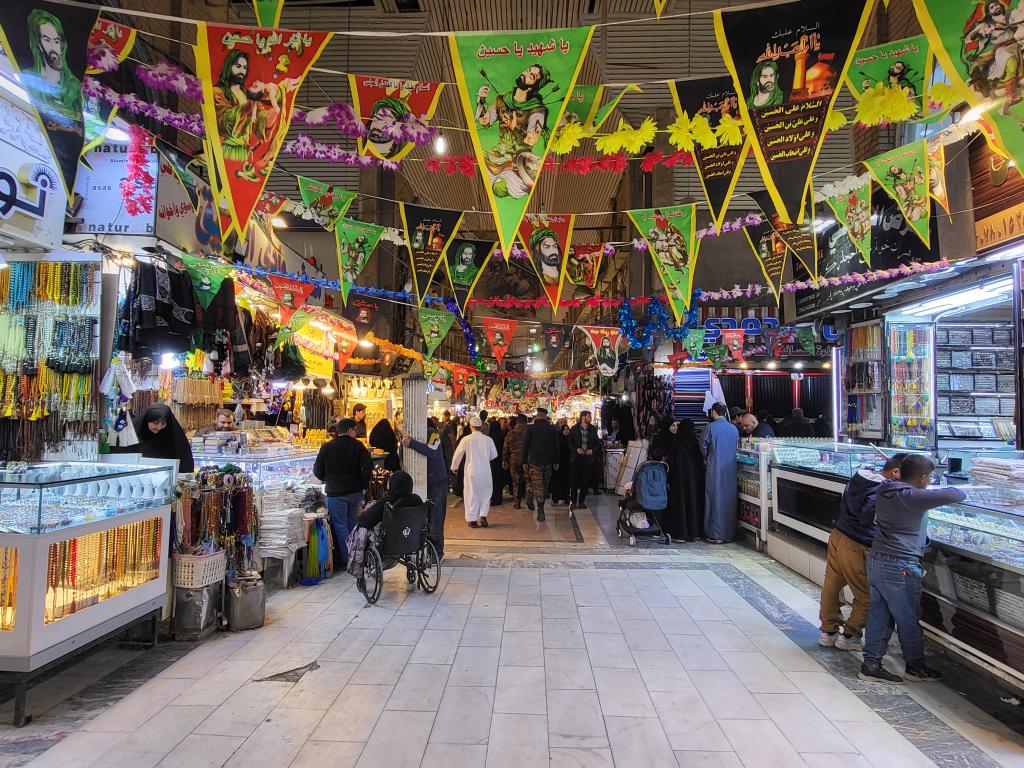
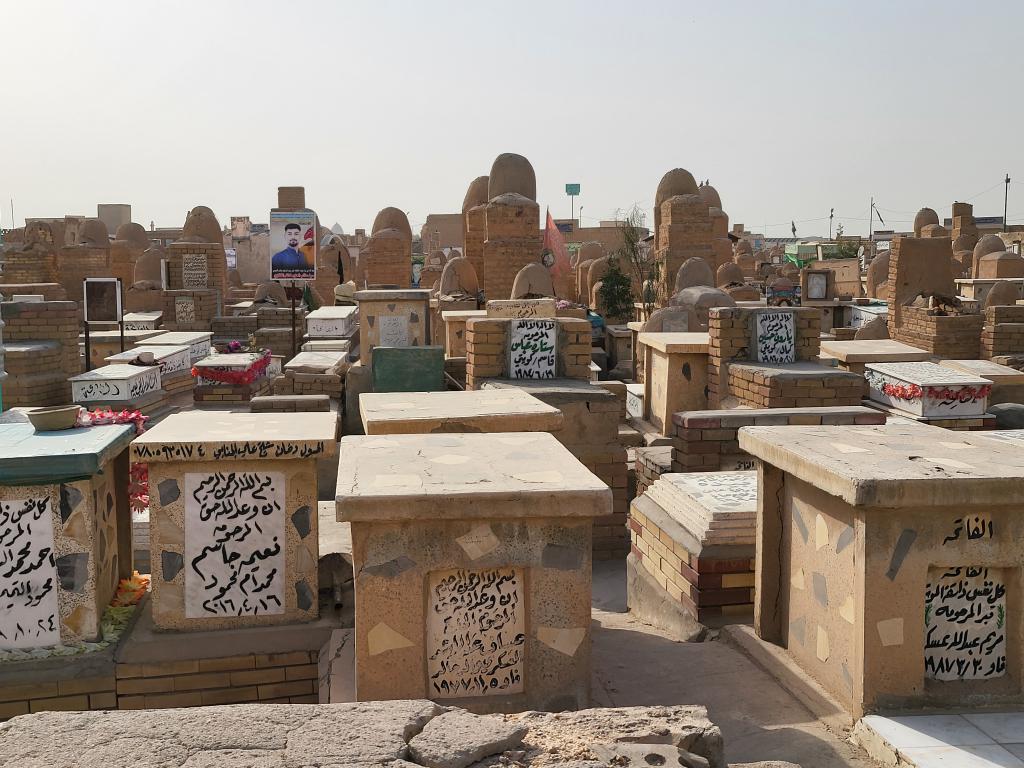
Babylon, Iraq. Visited on 5 February 2025.
I was excited to come to Iraq after it recovered a semblance of stability. I wanted to see what happened to the Kurds after years of persecution under Saddam and their working with the West on fighting extremism. I wanted to understand the predominantly Shi’ite Iraqis, a country that has been tumultuous. But of course, I also wanted to see the history, of ancient Babylon, today’s Iraq.
The names of Babylon and Nebuchadnezzar are both Biblical and historical. History makes them real in the holy books.
So, the following day, I took a shared taxi from Najaf to Hillah, then another short taxi ride to the Babylon UNESCO World Heritage Site, only 65 km from Najaf and 100 km from Baghdad. I did not have high expectations of seeing the Tower of Babel or The Hanging Garden, the much-acclaimed unequalled human achievements. Iraq is after all a country that has endured much destruction.
I arrived at the site and saw palm trees adorning this land. The landscape looks ancient yellow, quiet except for the gentle breeze that blew over its disquiet past – exactly how my mind’s eyes saw where Babylon and the ancient Babylonians were. Most structures are gone, except the reconstructed and the remaining walls. The remains of the Hanging Garden were piles of bricks still clinging together but now looking abstract, and the Tower of Babel leaving people merely babbling about it today. It is most regrettable, that it comes to this of what could have been.
I had the greatest pleasure of meeting the most friendly and helpful Iraqis in Hillah. I also had the precious memory of standing on the ancient ground where ancient Babylon once was. May the memory of Babylon never die!
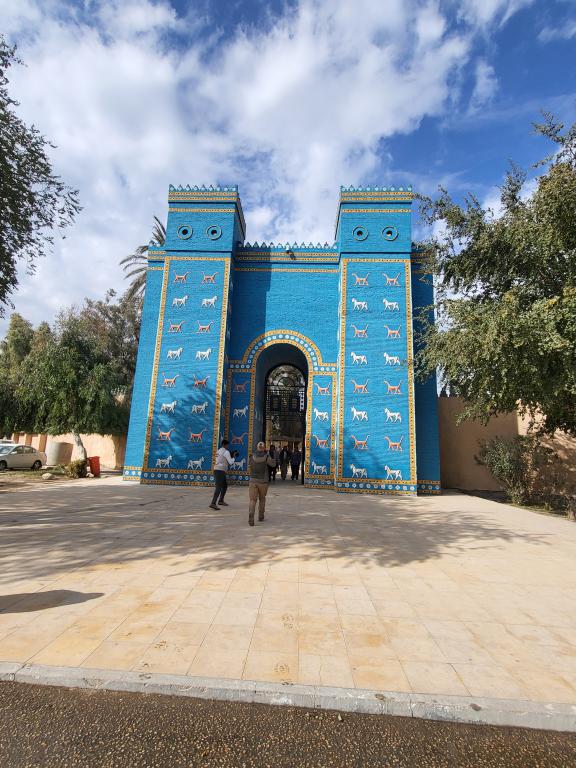
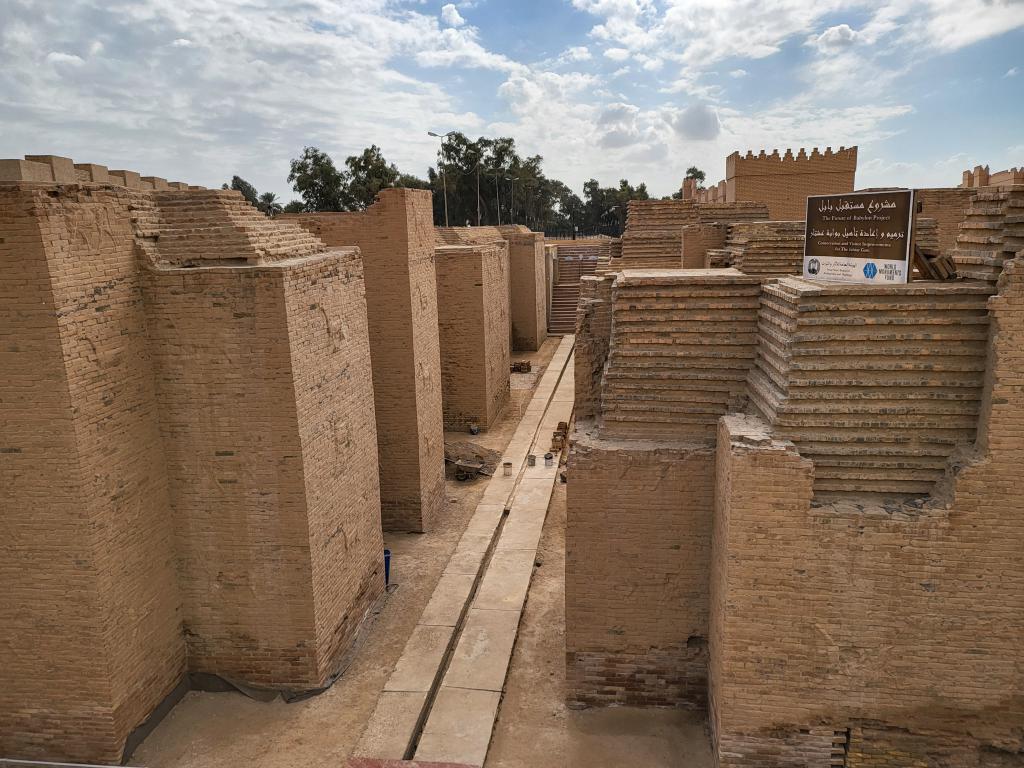
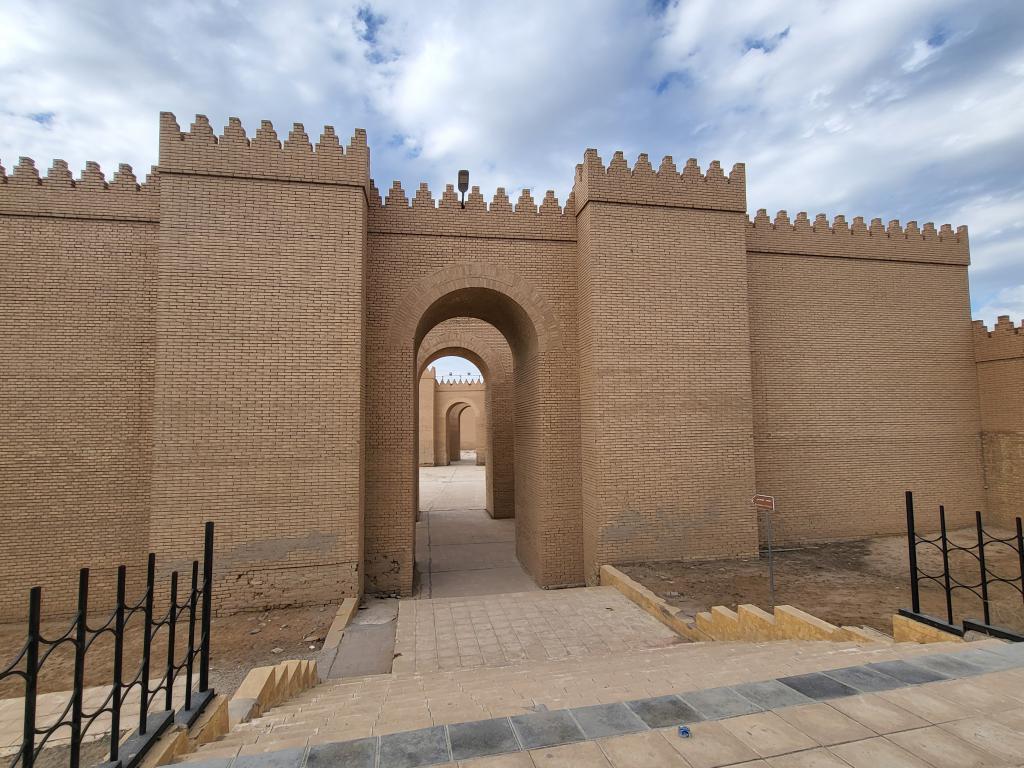
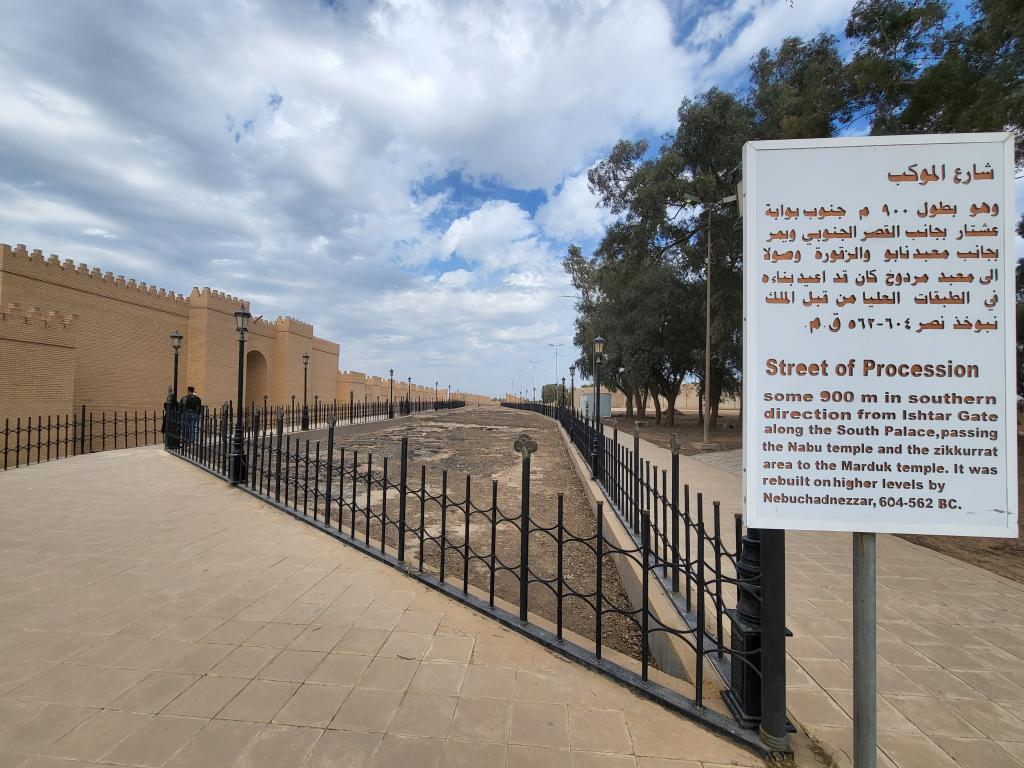
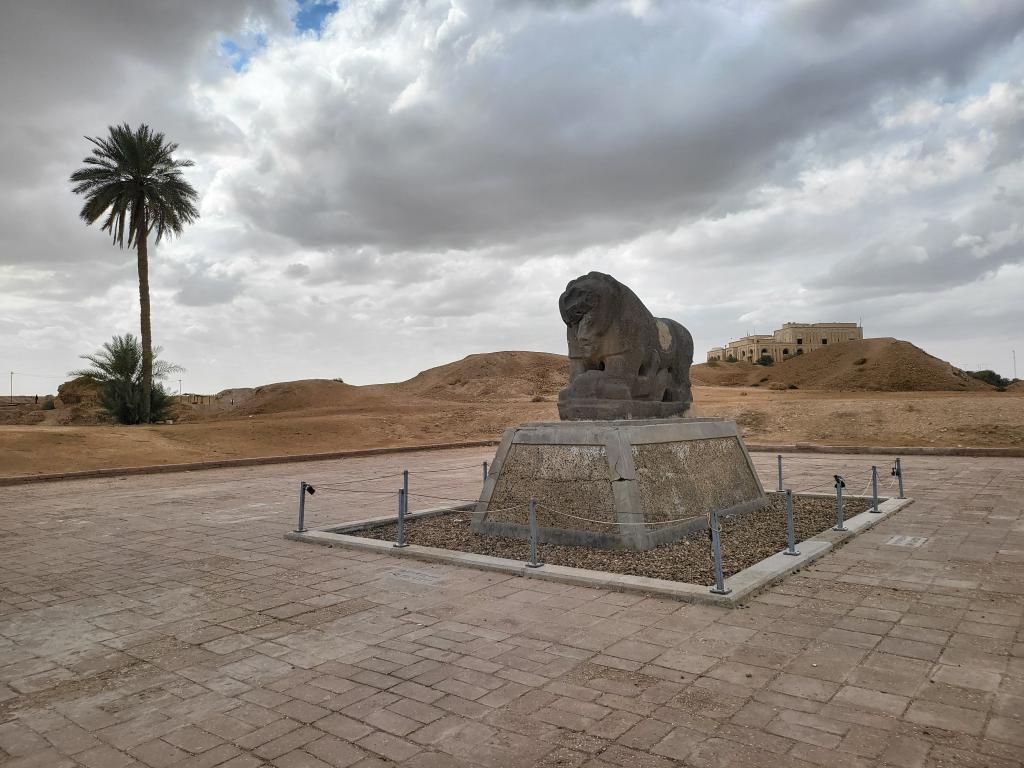
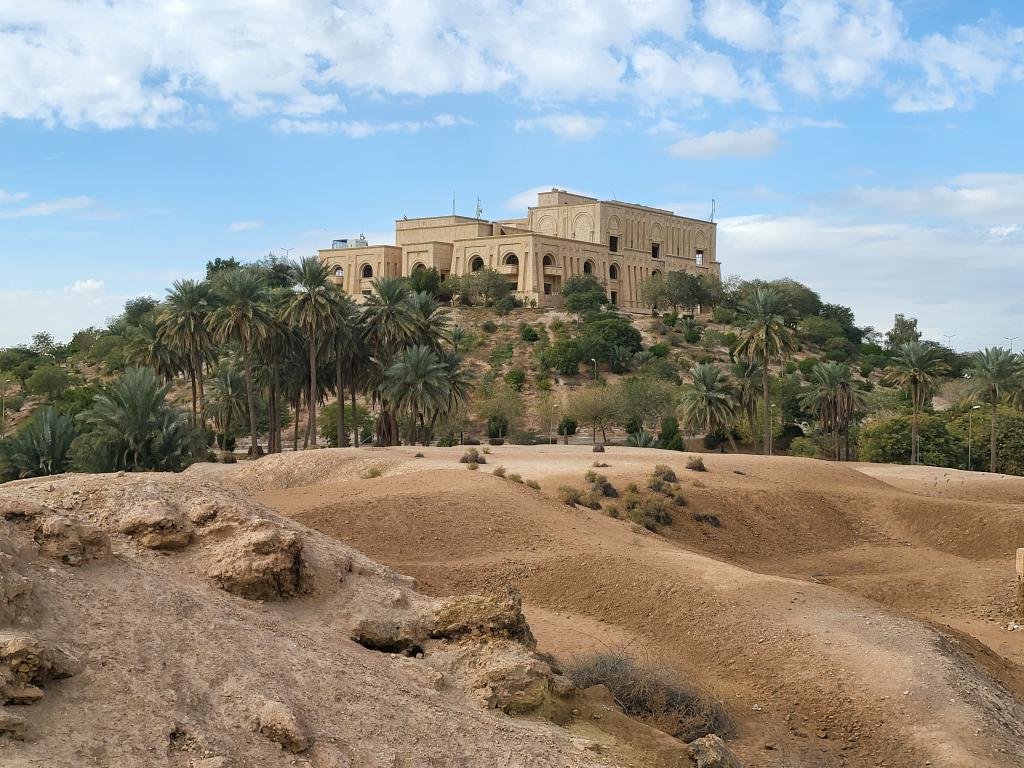
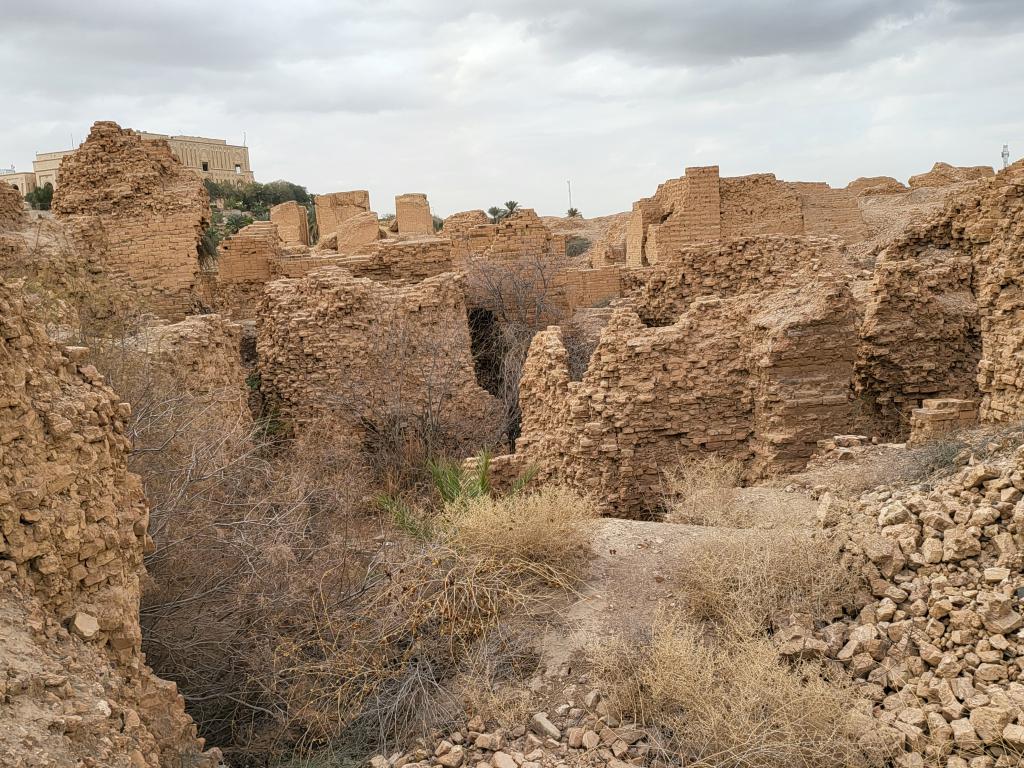

Click the link below to go to the next stop:
Click the link below to start from stop 1:
Itinerary of this trip:
Oman Muscat->Dimmah Sinkhole->Wadi Shab->Sur->Ras Al Hadd->Ras Aal Jinz->Al Wasil->Wahid Bani Khalid->Nizwa->Jebel Shams->Iraq Baghdad->Kurdistan Erbil-> Kurdistan Sulaymaniyah->Karbala->Najaf->Babylon->Tunisia Tunis->Sousse->Kairouan->Monastir->El Jem->Carthage->Italy Sicily Palermo->Sicily Syracuse->Sicily Catania->Malta->Madrid->Dominican Republic Punta Cana->Les Terrenas->Santo Domingo->Puerto Rico->Miami

Keno’s all about probability, but managing your bankroll is key! Seeing platforms like JL1 prioritize secure deposits & verification (check out the jl1 app download) builds trust. Smart gaming is the best strategy, right? It’s good to see responsible practices evolving in the SEA market.
Anyone gambling at nv8casino? Is it a trustworthy place to play? Looking for a reliable online casino. Any recommendations are welcome! Take a chance at NV8 Casino: nv8casino
If you love slots, 100jilislot is your jam! They’ve got tons of different themes and the payouts are pretty decent. Just be responsible, haha!
Downloaded the game from ag999gamedownload, super easy and fast. No sketchy stuff, just a smooth download. Recommended! Get it from ag999gamedownload
https://shorturl.fm/FHiiZ
https://shorturl.fm/xVVXJ
That’s a great point about balancing engagement & well-being in gaming! Platforms like 588jl download apk seem to be prioritizing that, with features focused on responsible play. It’s refreshing to see! Definitely a step in the right direction.
https://shorturl.fm/PnPrK
https://shorturl.fm/NoAKf
I wanted to thank you for this great read!! I definitely loved every little bit of it. I have got you saved as a favorite to check out new stuff you
Experimentei o FortuneRabbit4 e curti demais! Jogo divertido e com boas chances de ganhar uns trocados. A plataforma é bem fácil de navegar. Corre lá pra conferir: fortunerabbit4
https://shorturl.fm/3woYD
https://shorturl.fm/9ffh5
That means evolving Squirtle into Wartortle mid-match makes the Pokemon much stronger in battle than it could be if Wartortle was within the beginning lineup.
https://shorturl.fm/Hw11Y
https://shorturl.fm/4wDPi
https://shorturl.fm/qPuxv